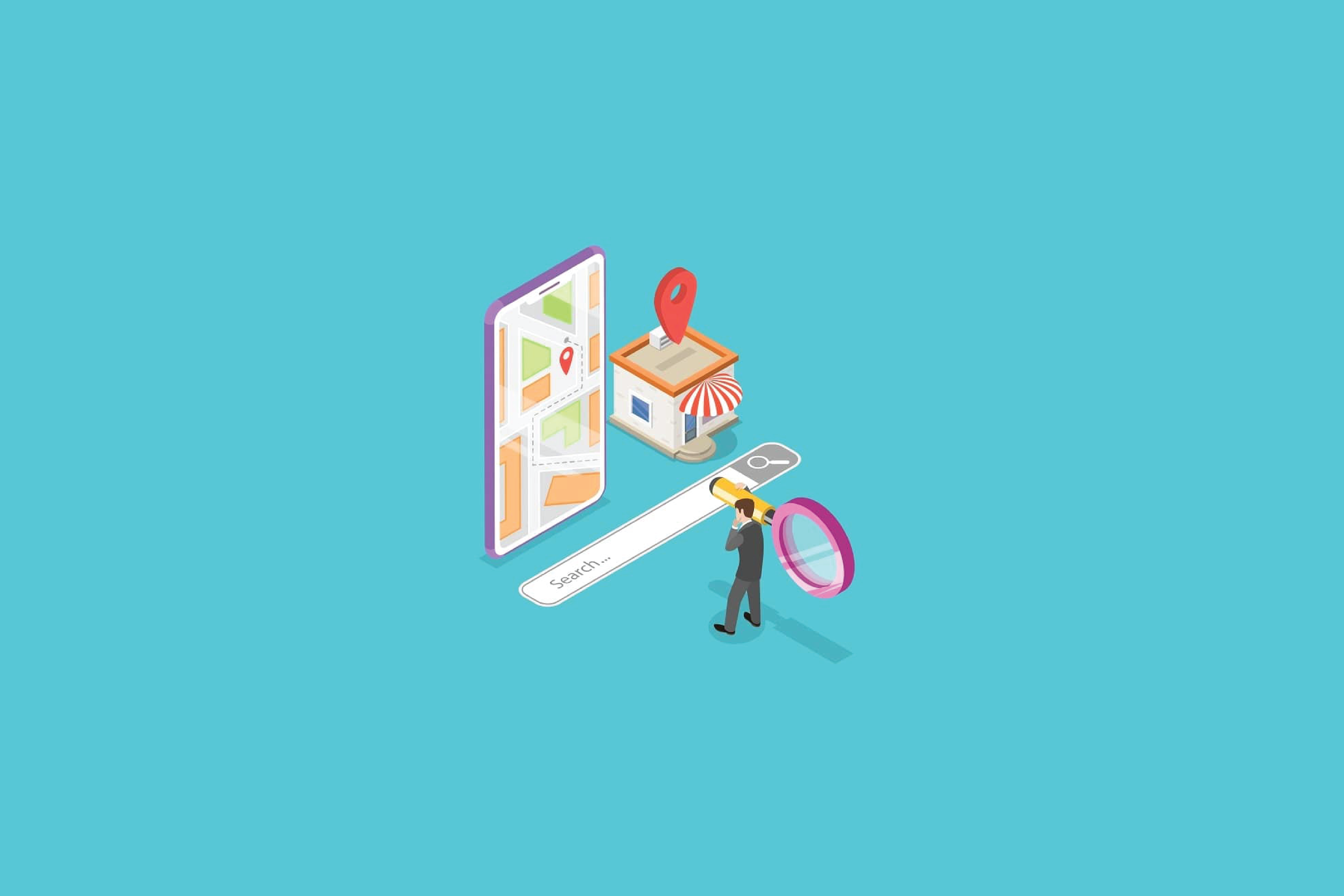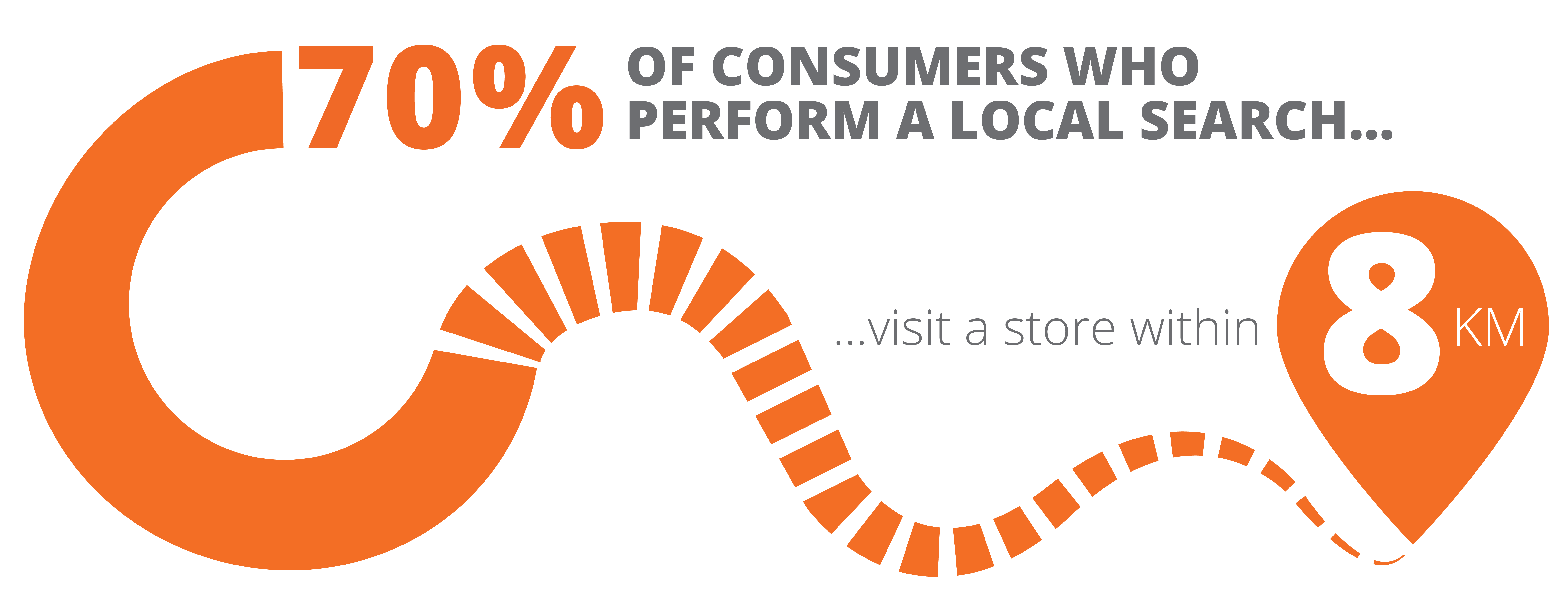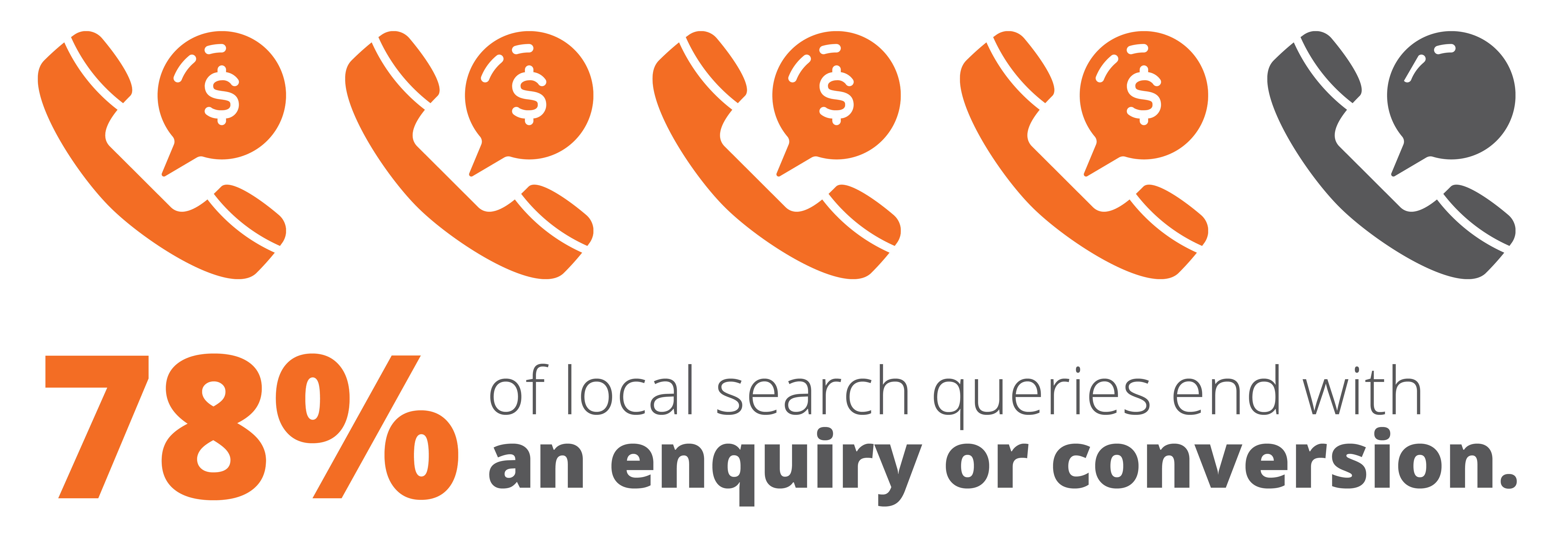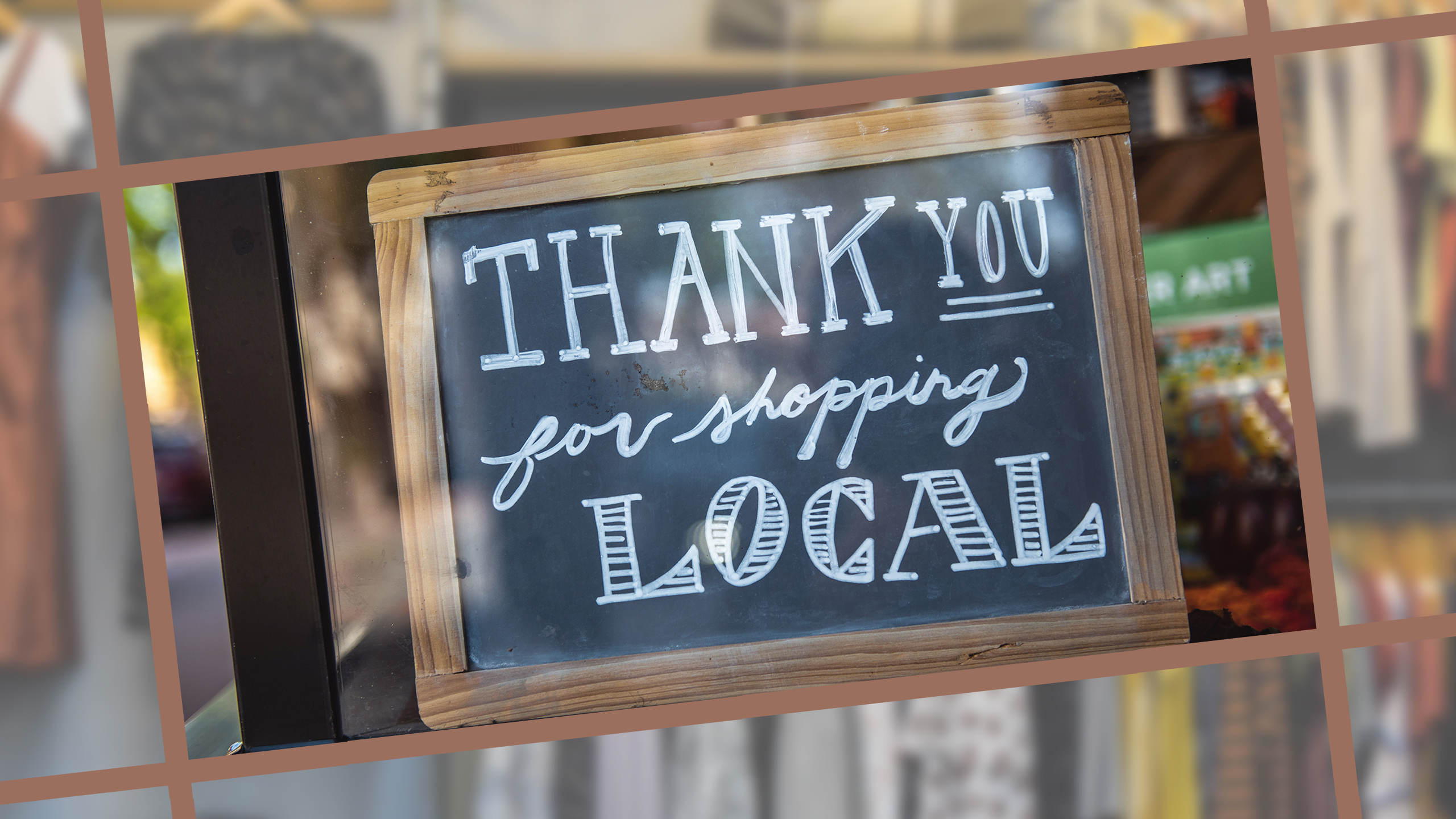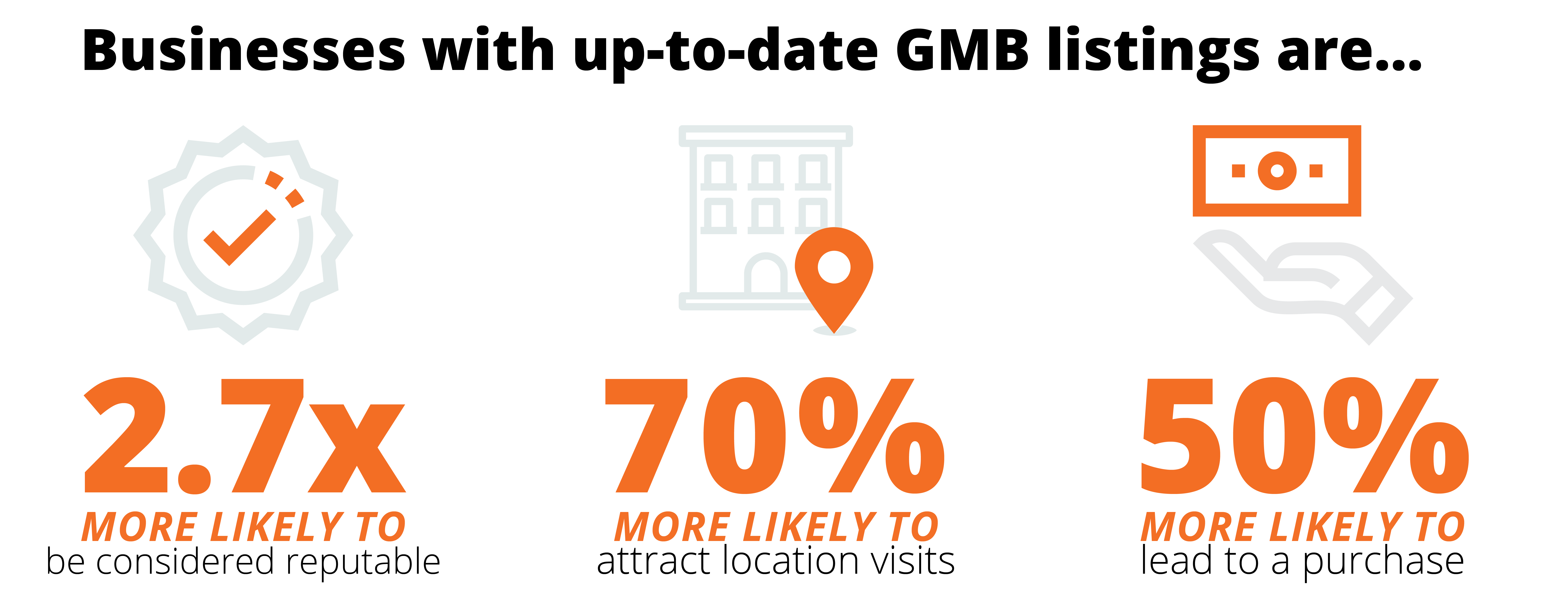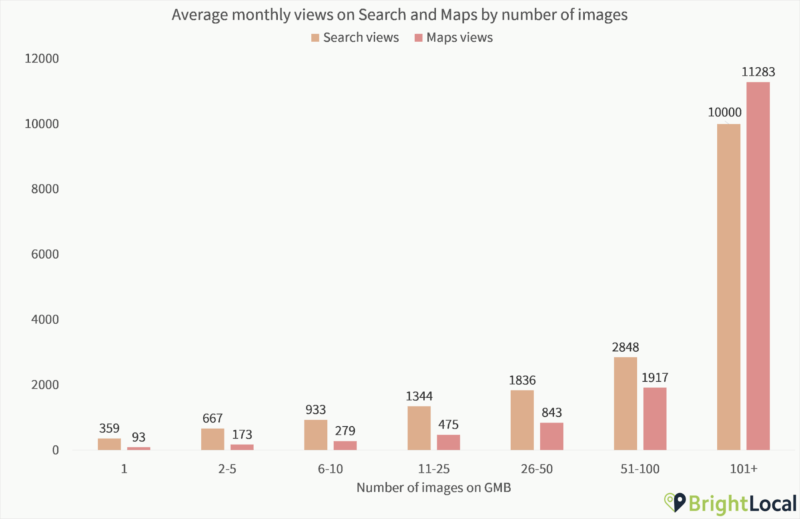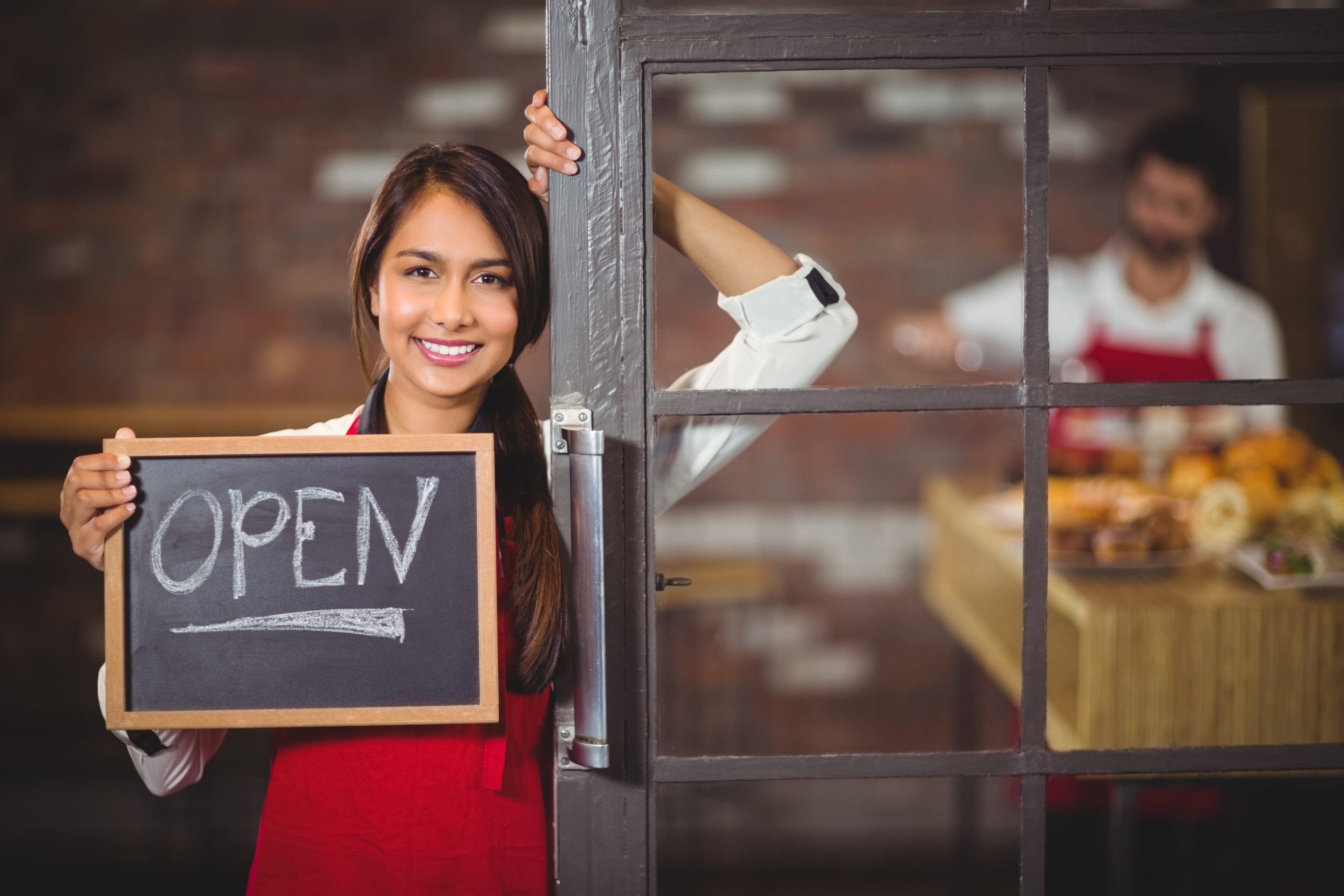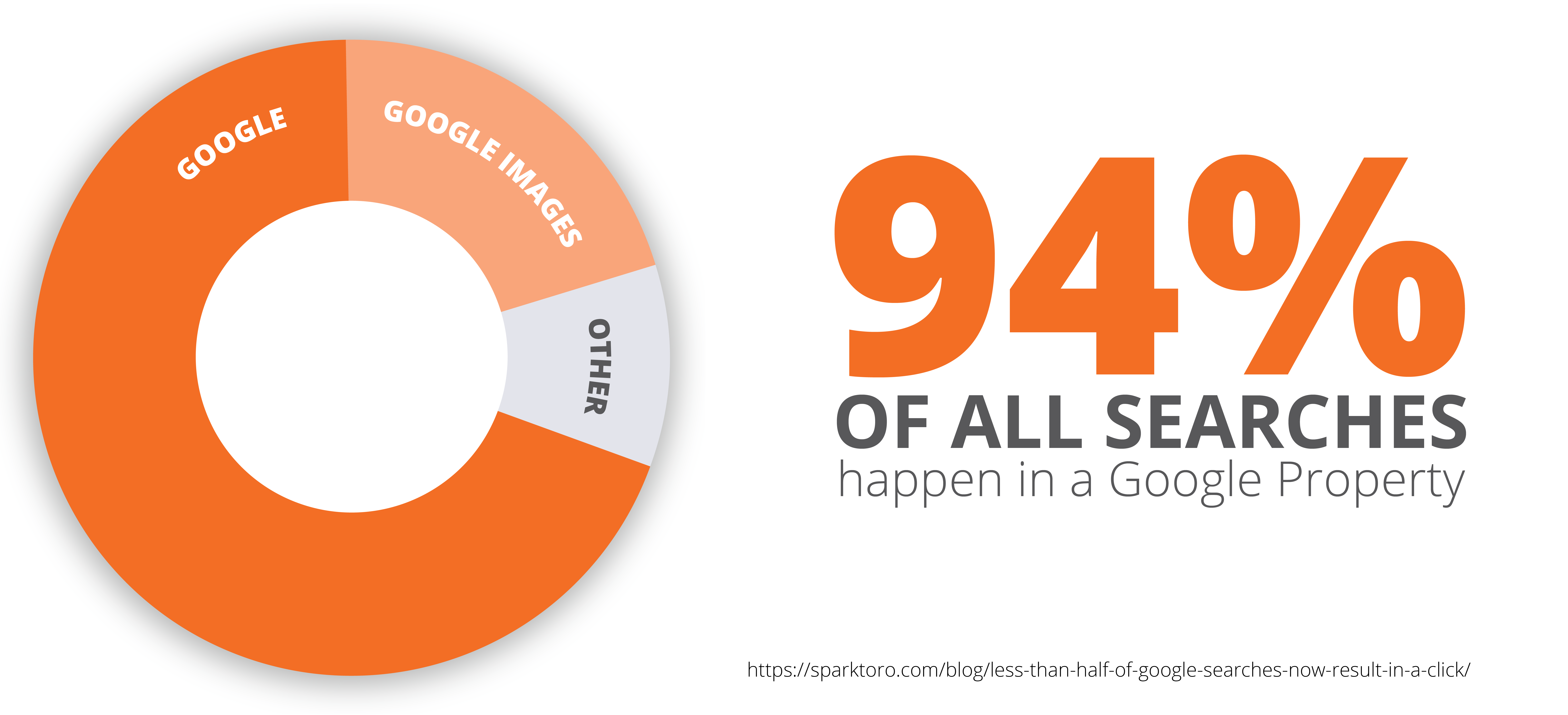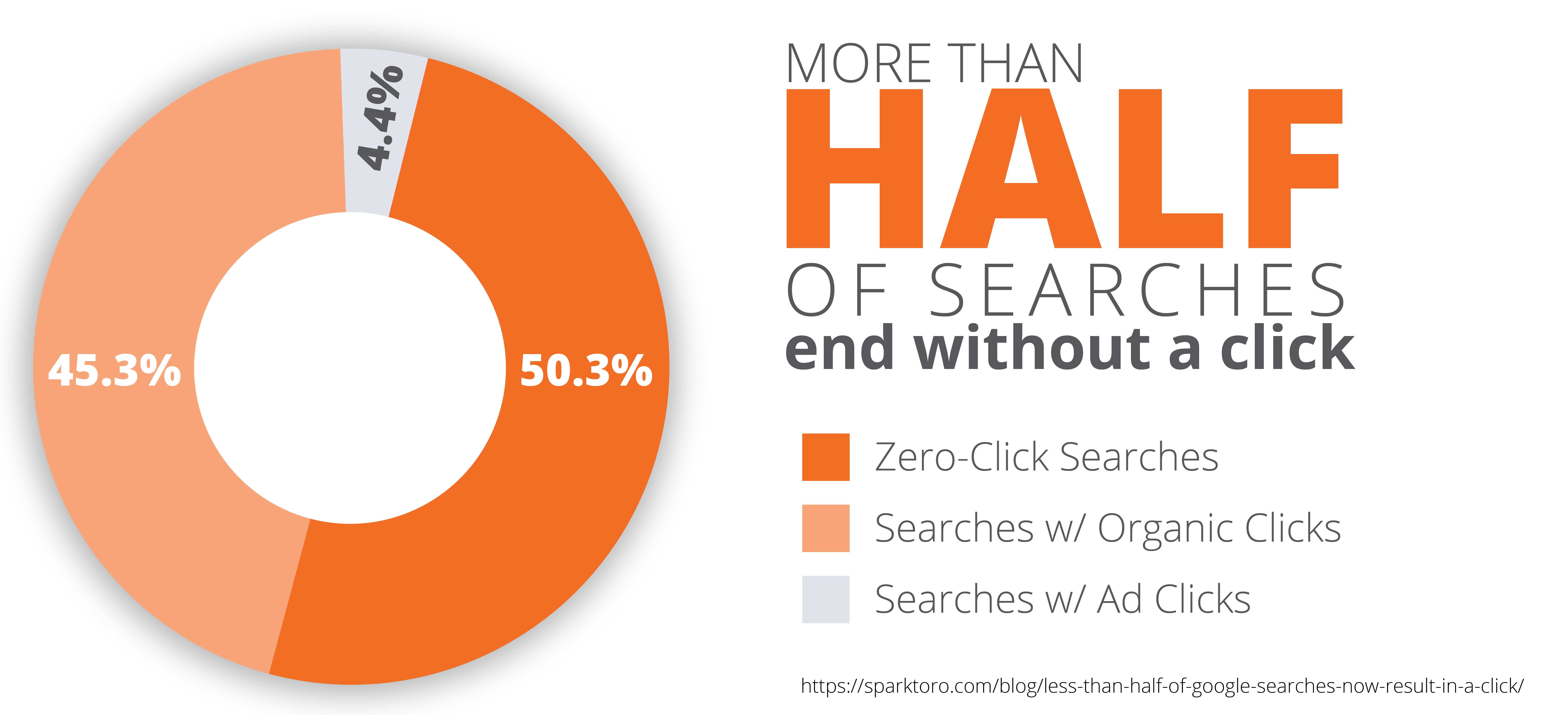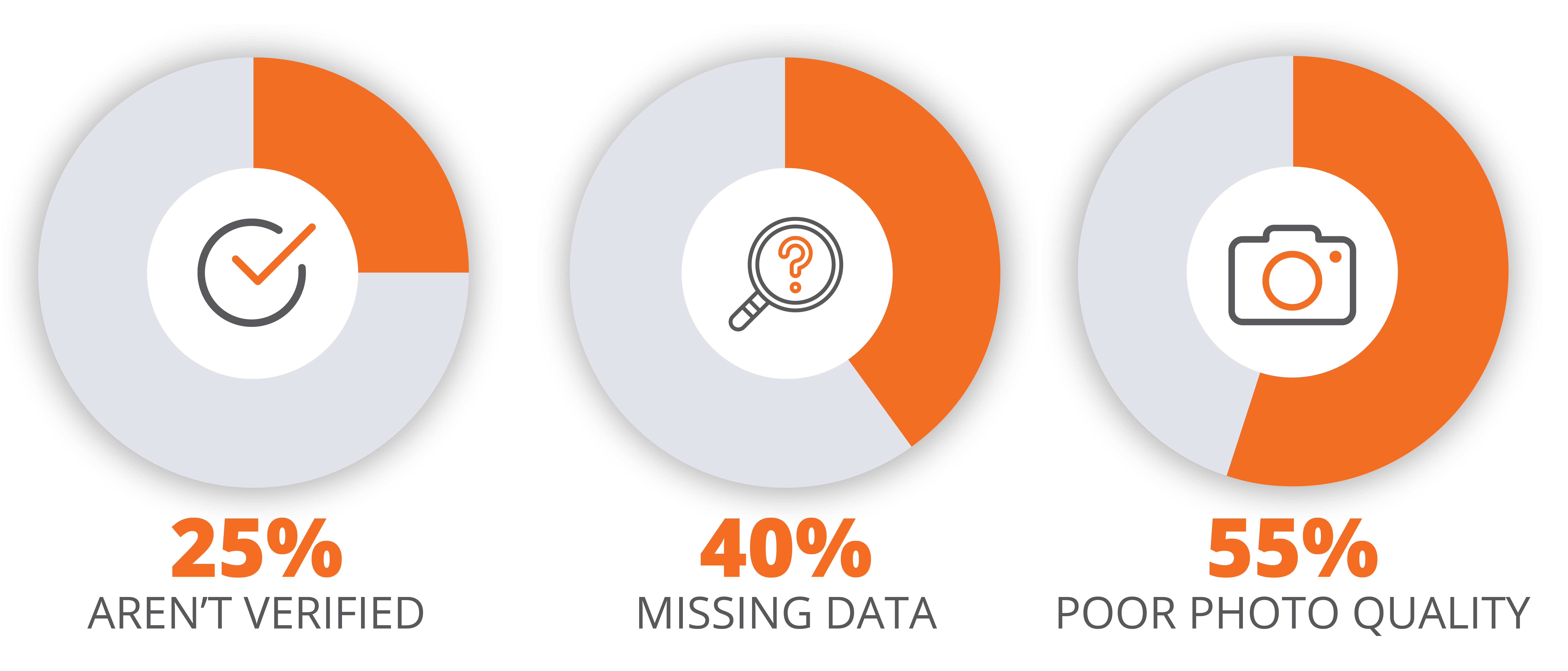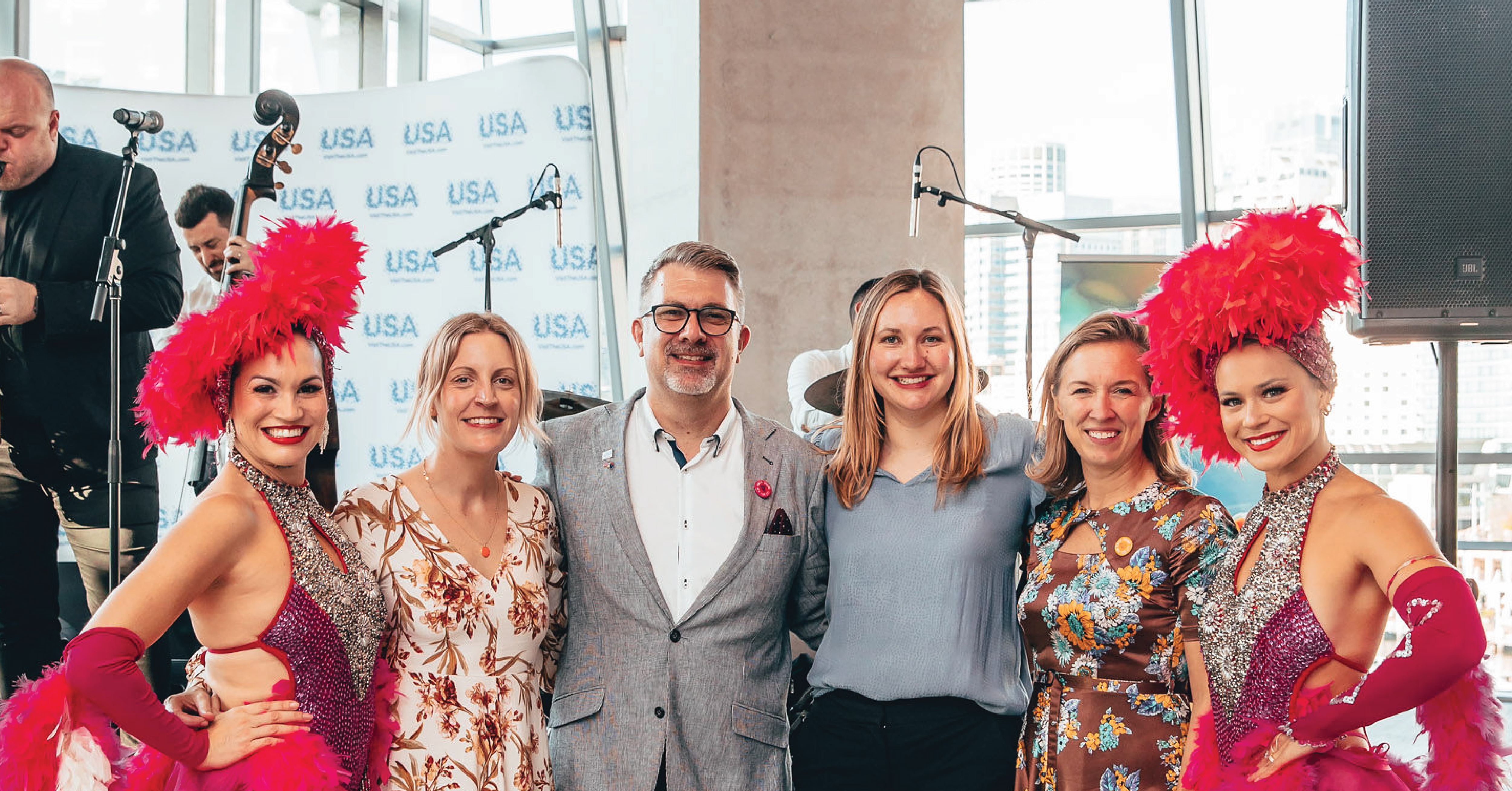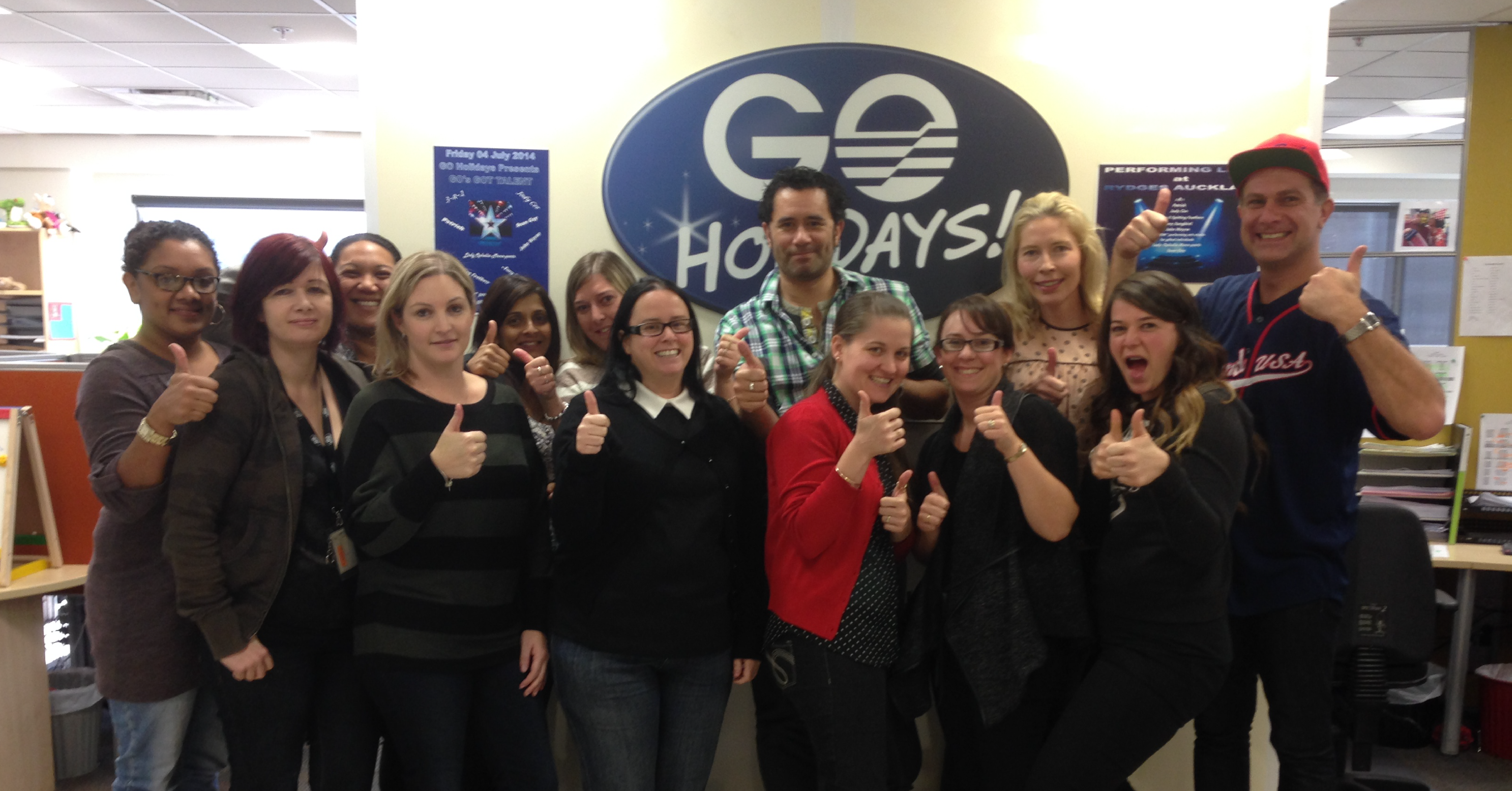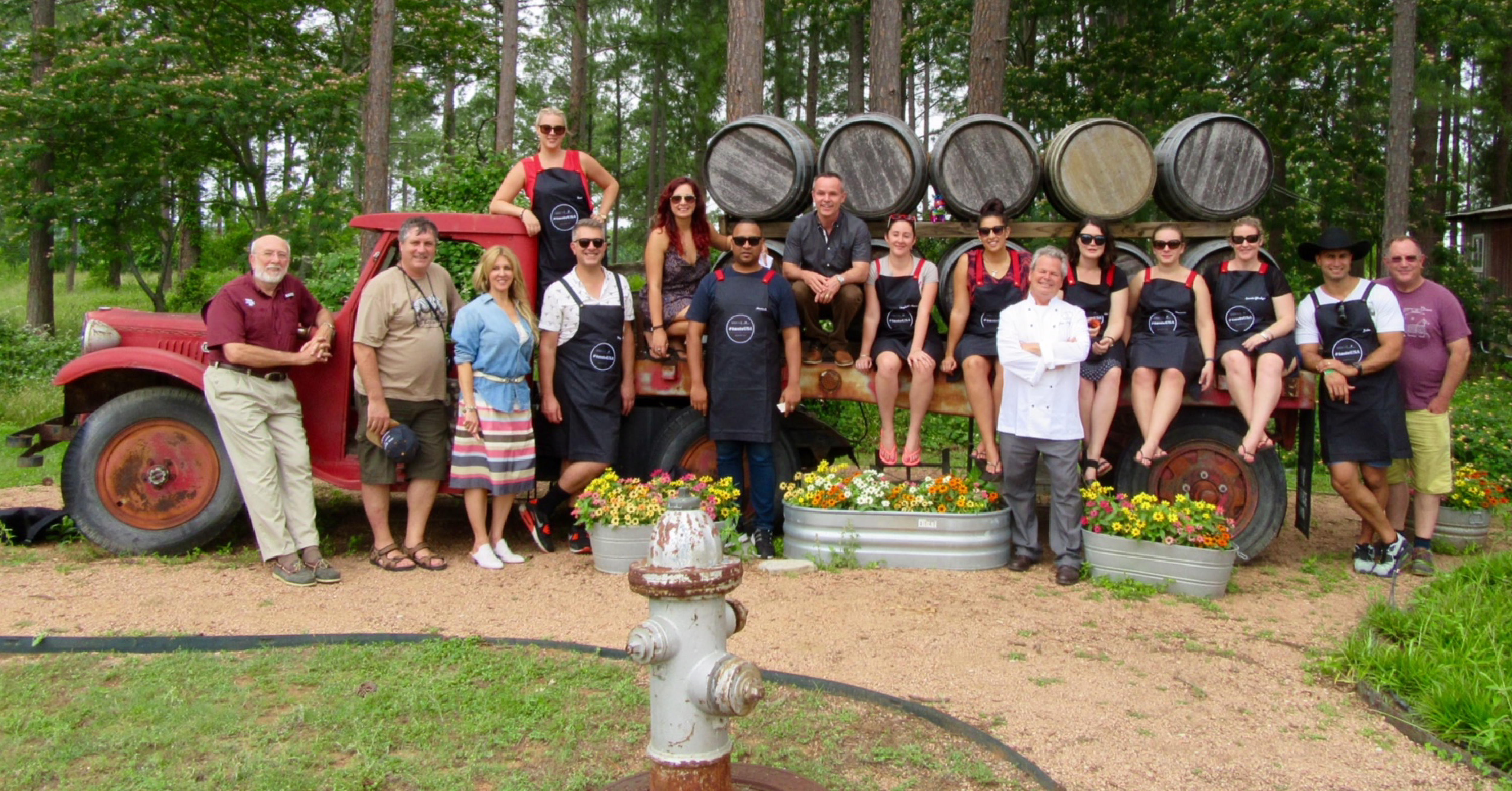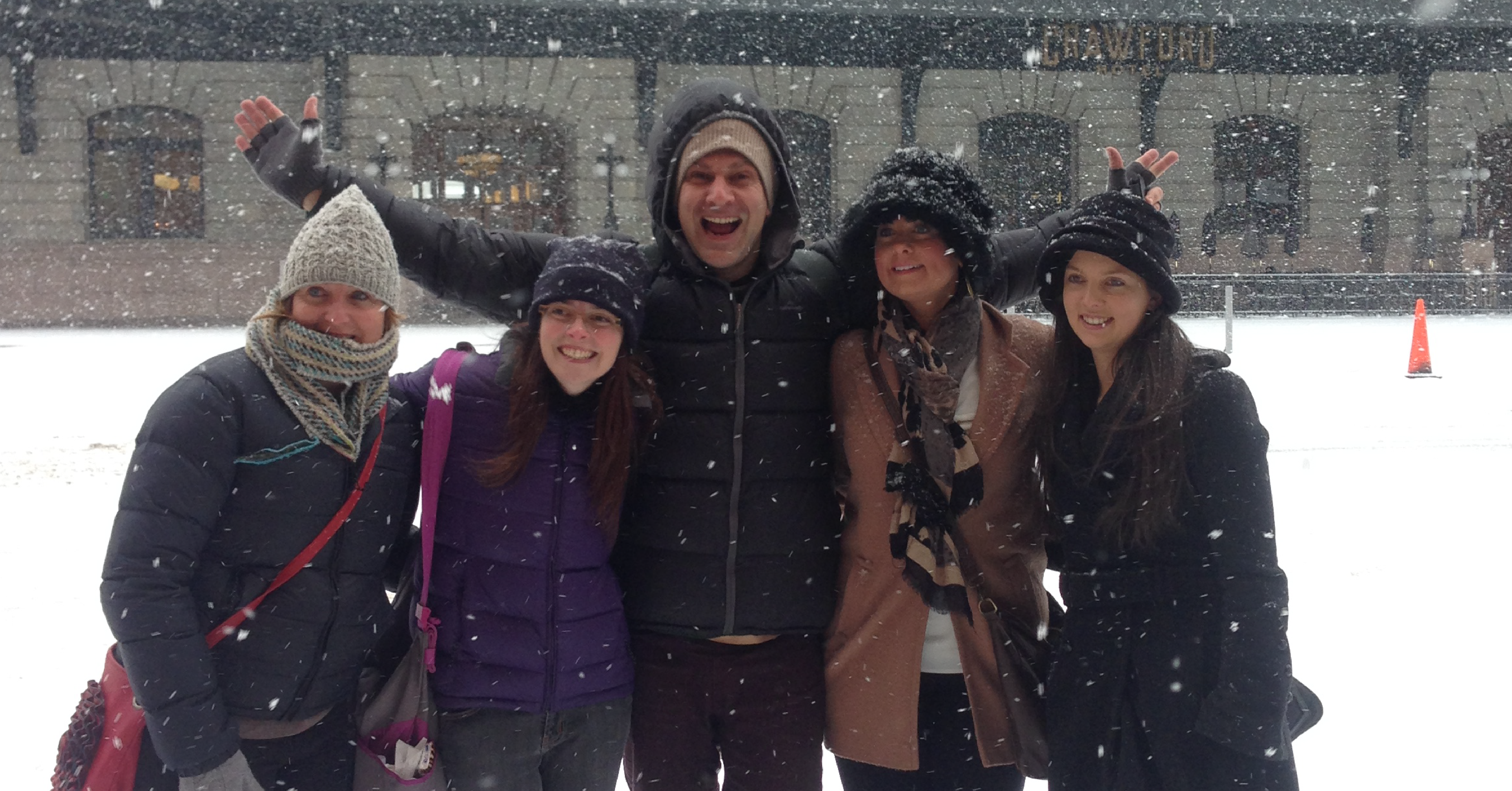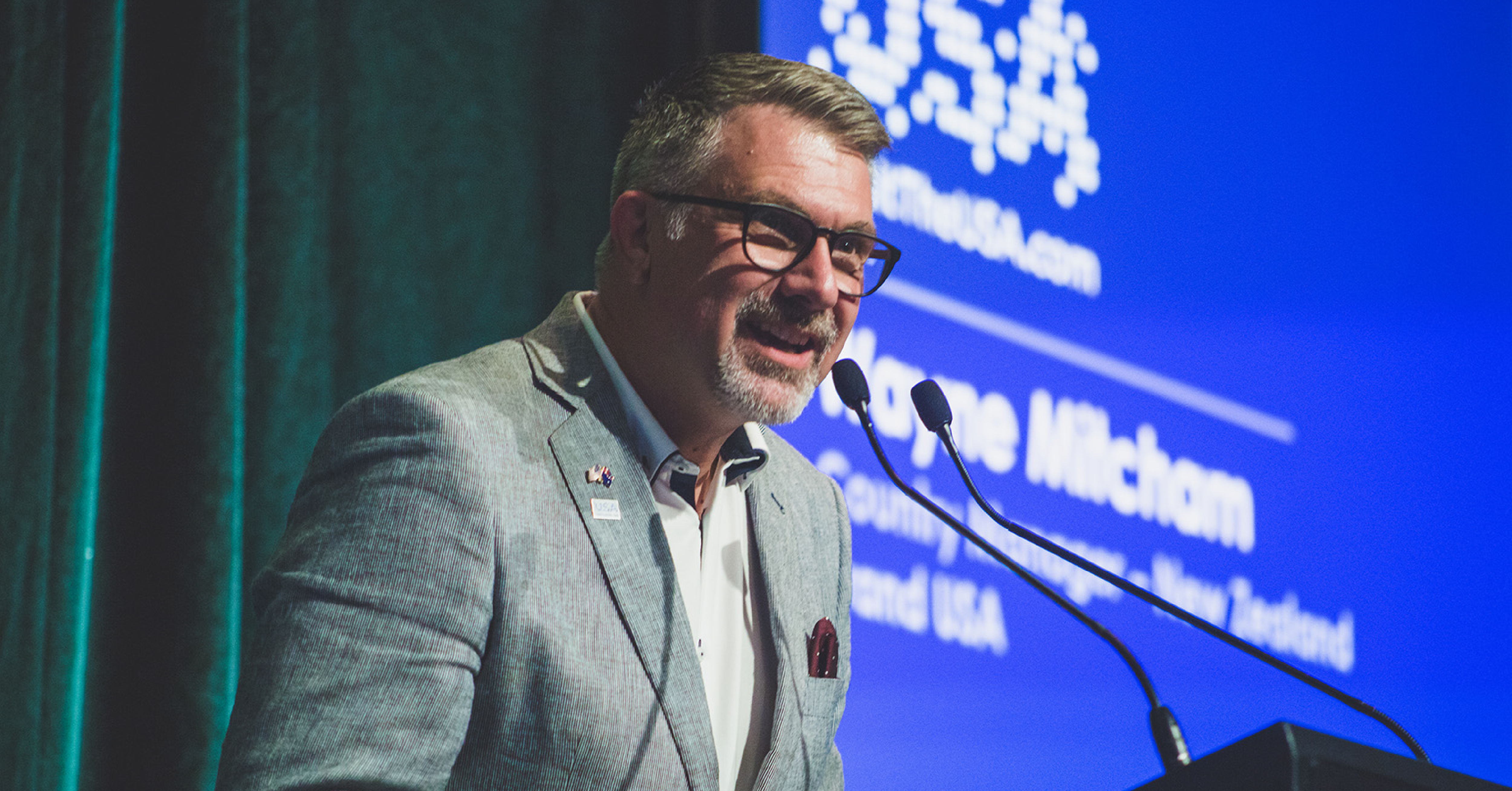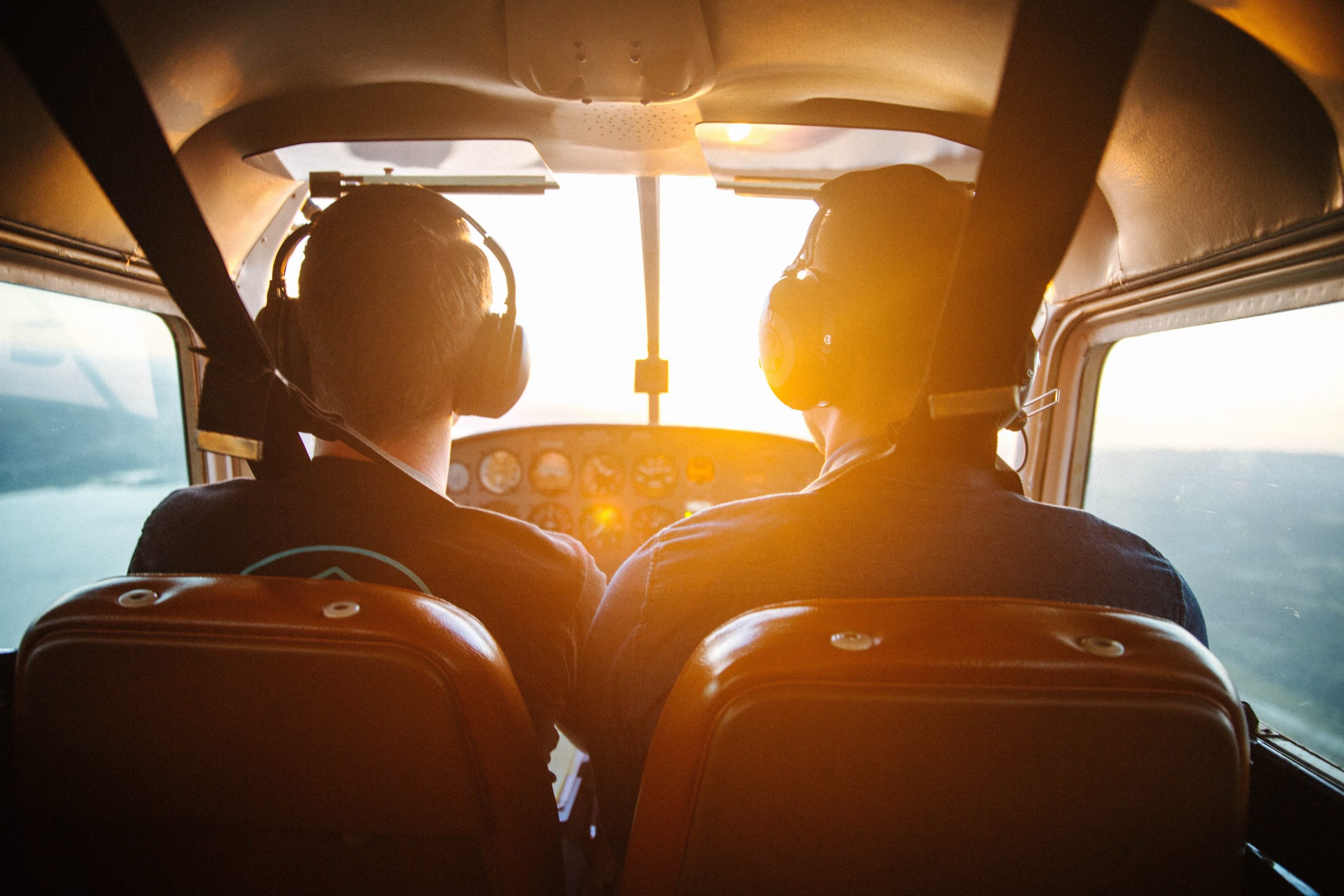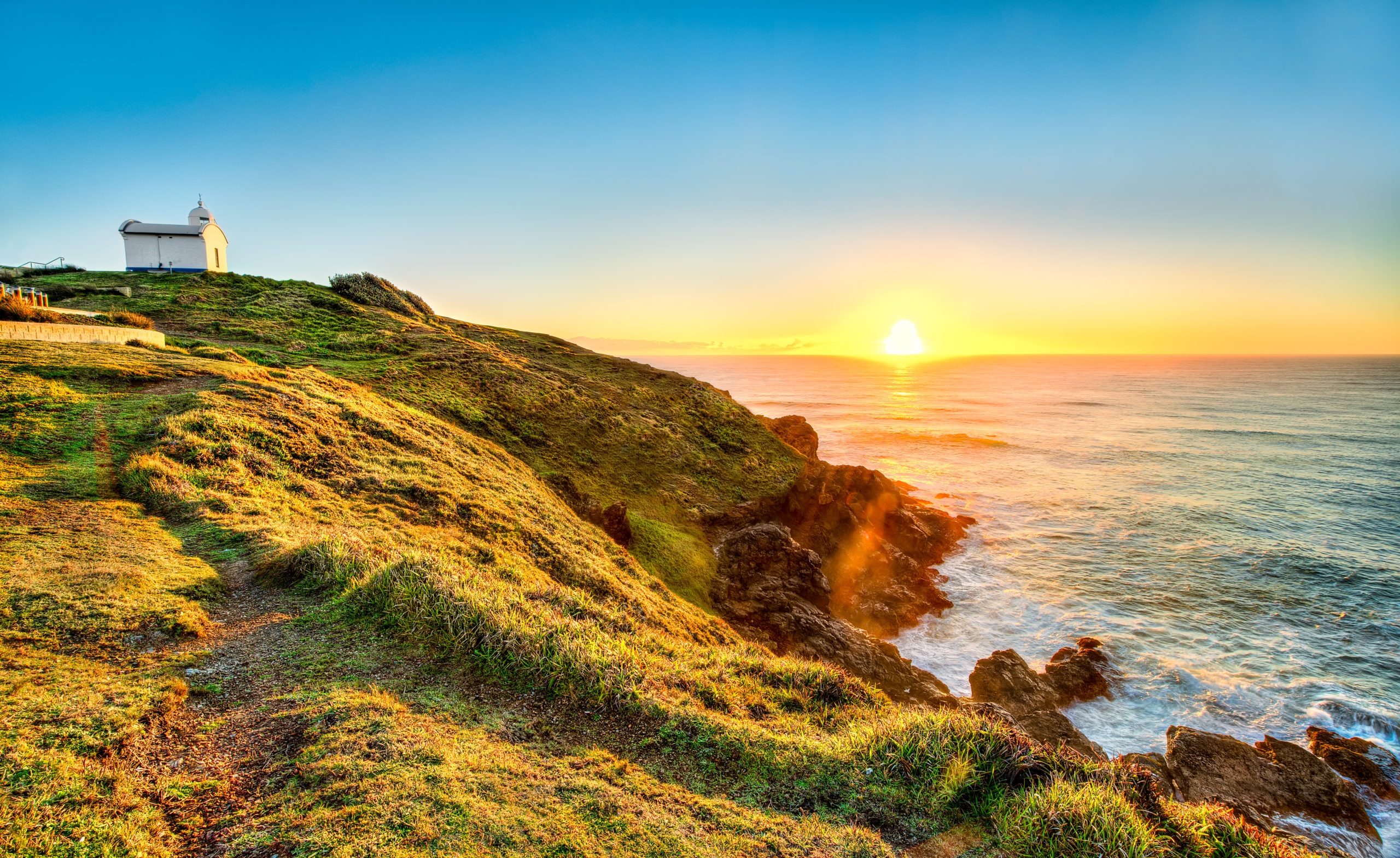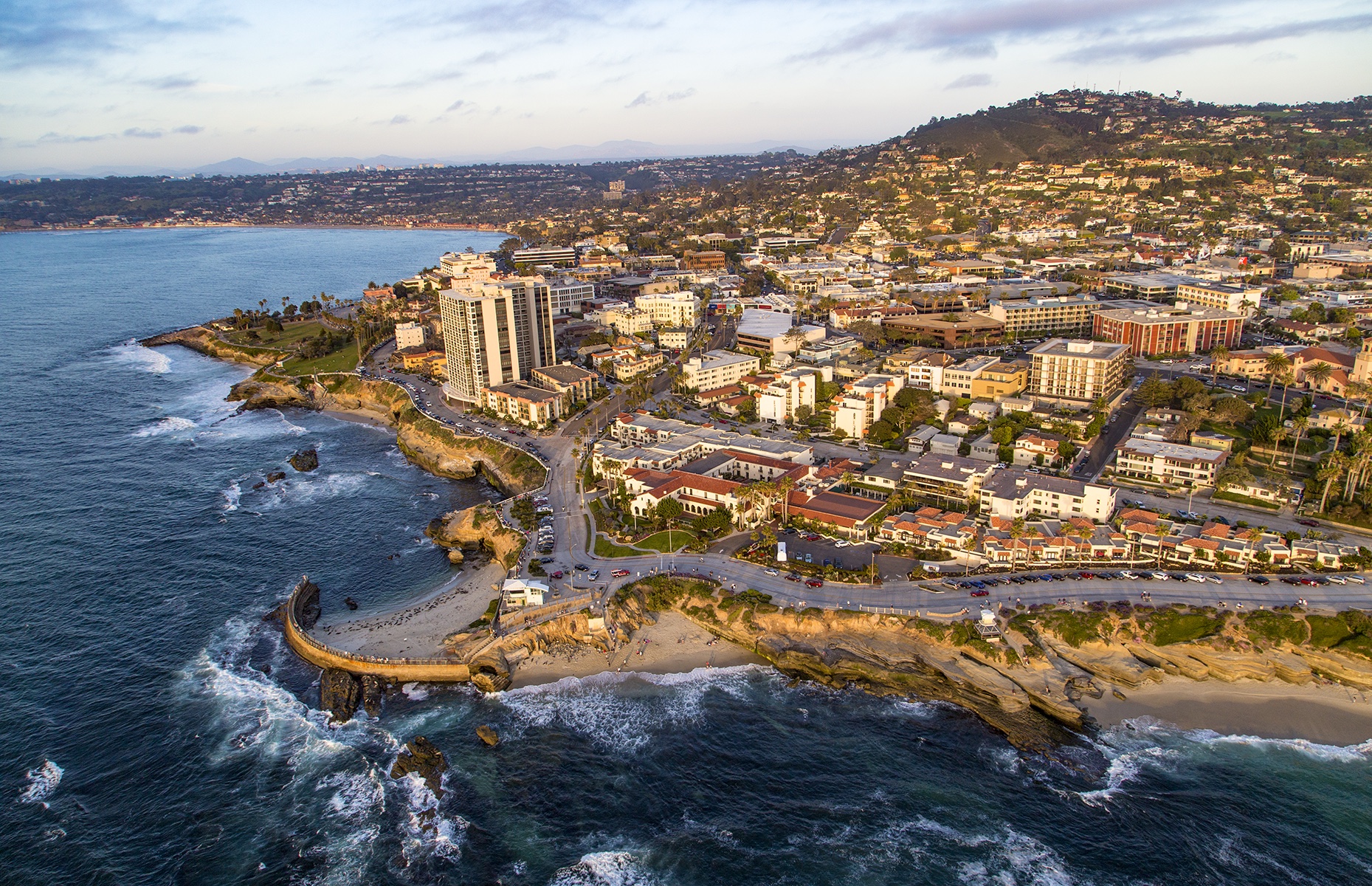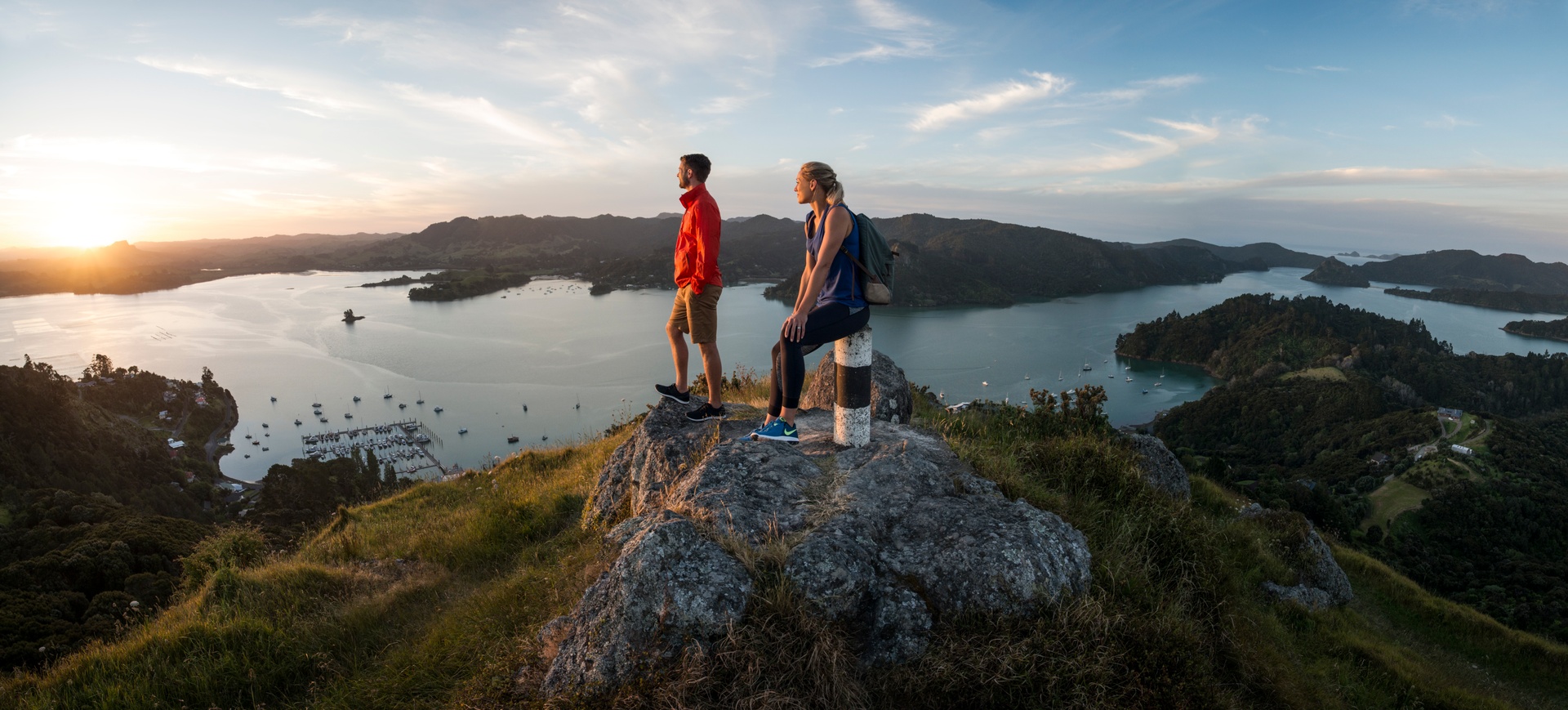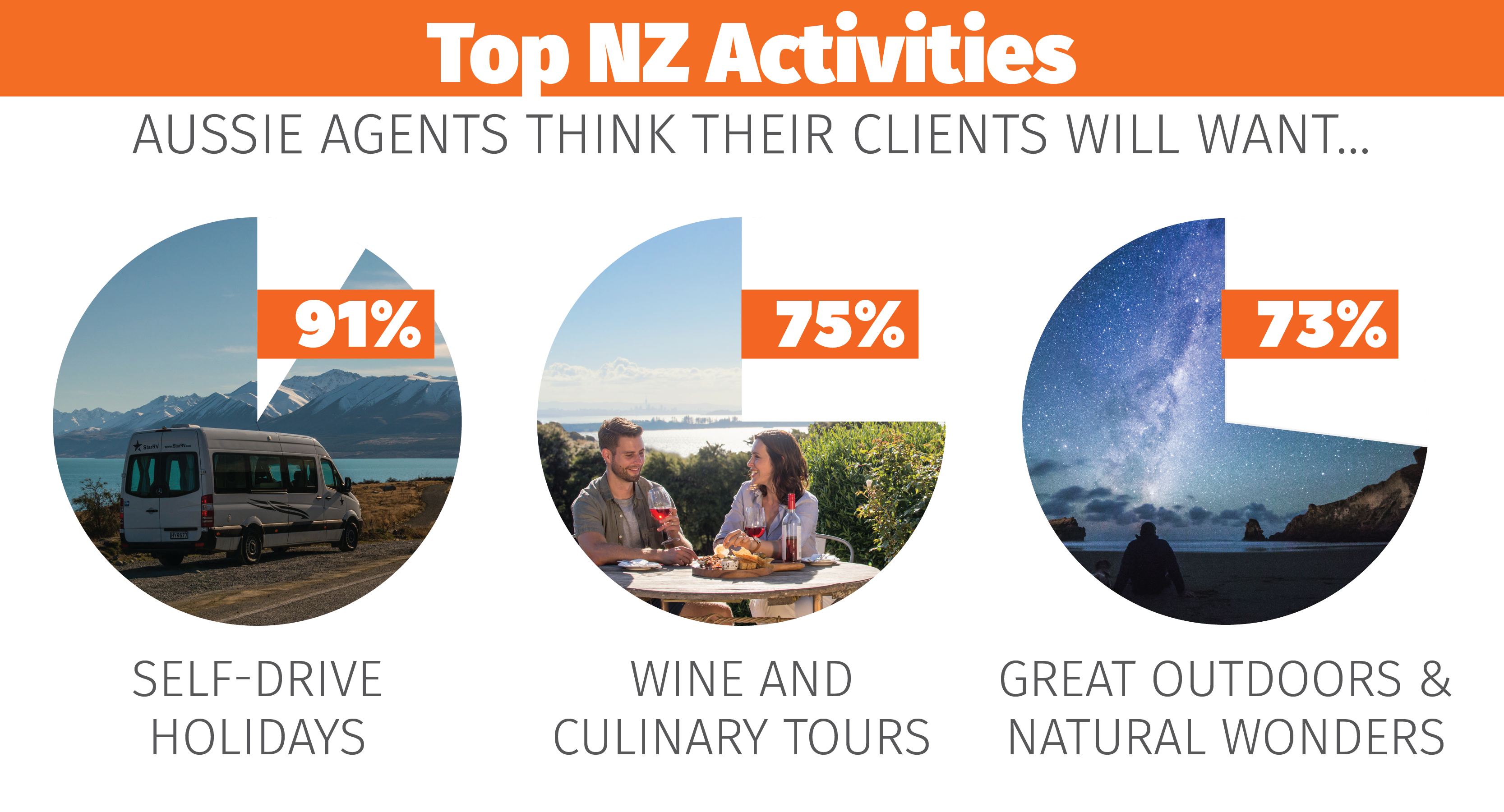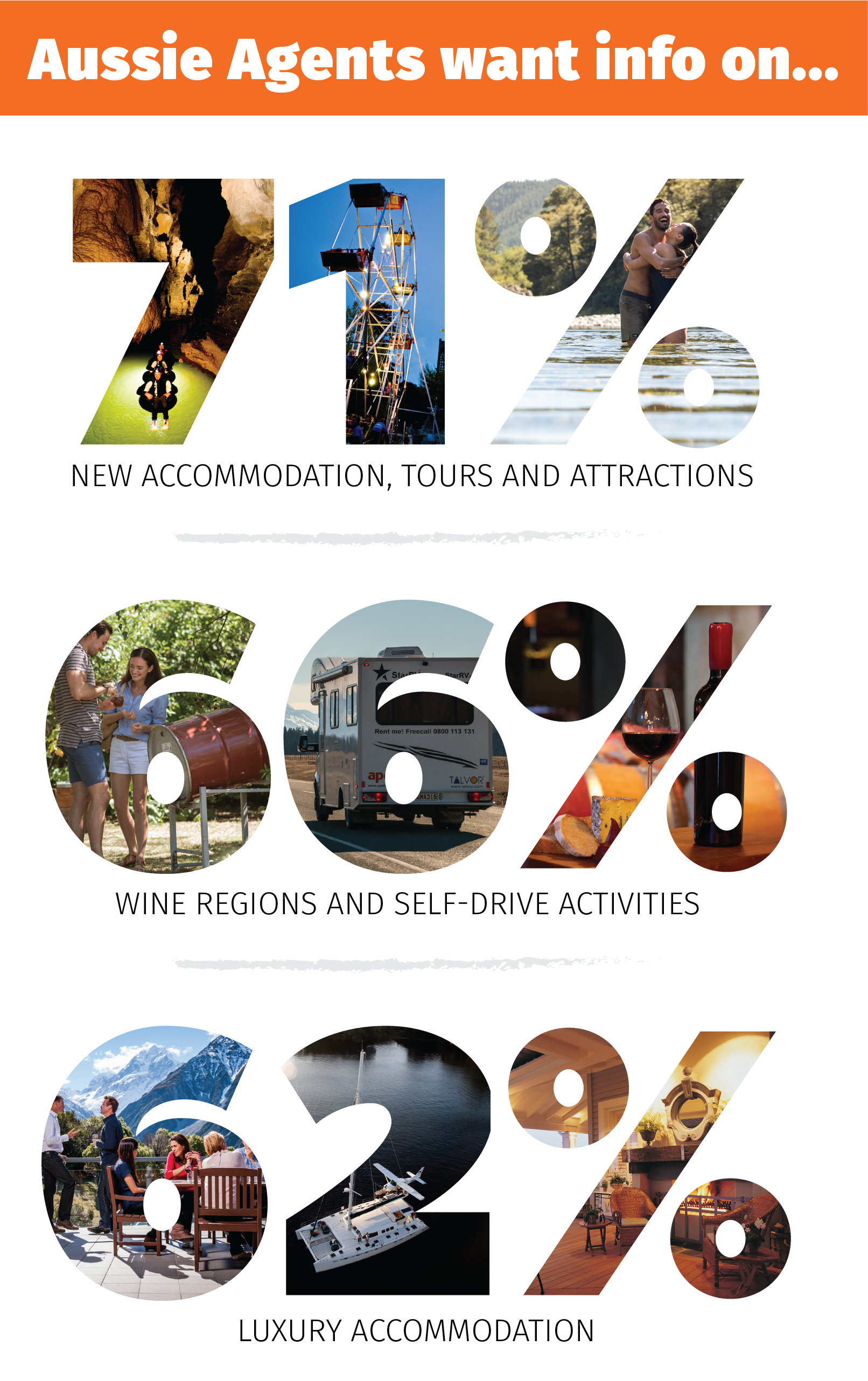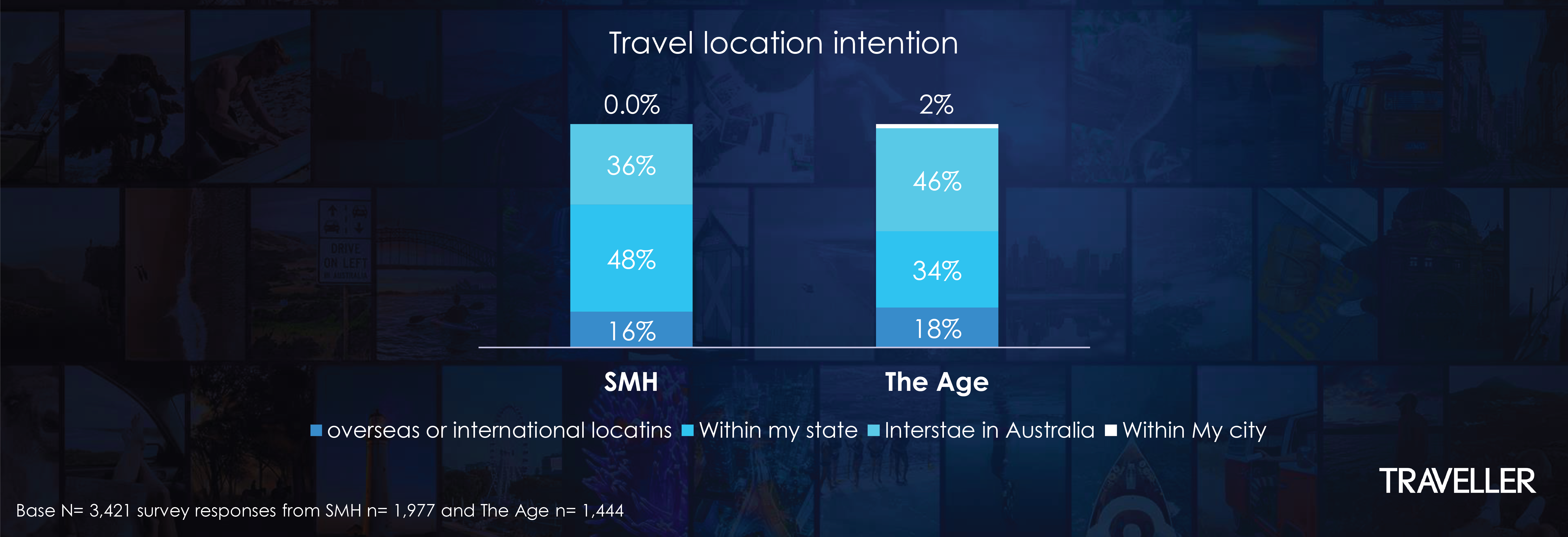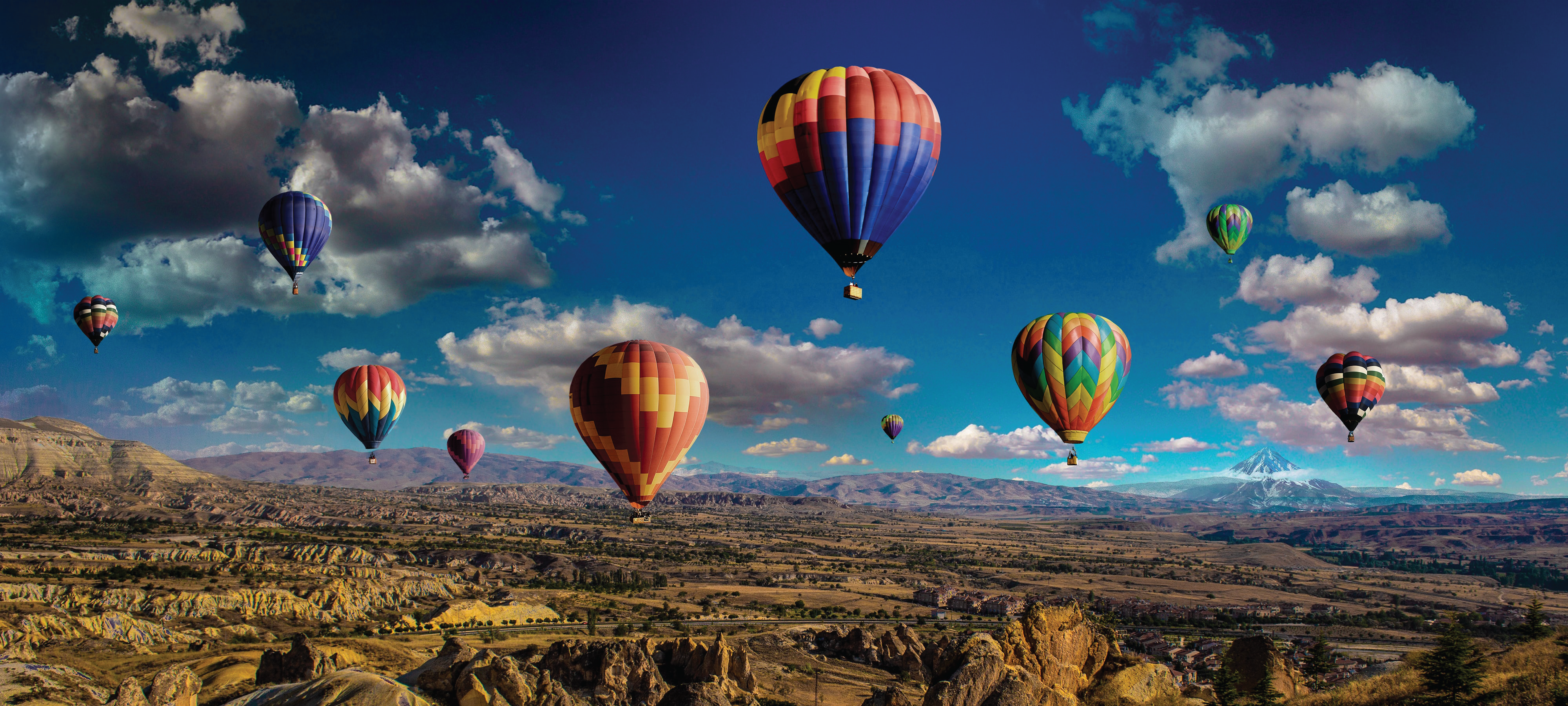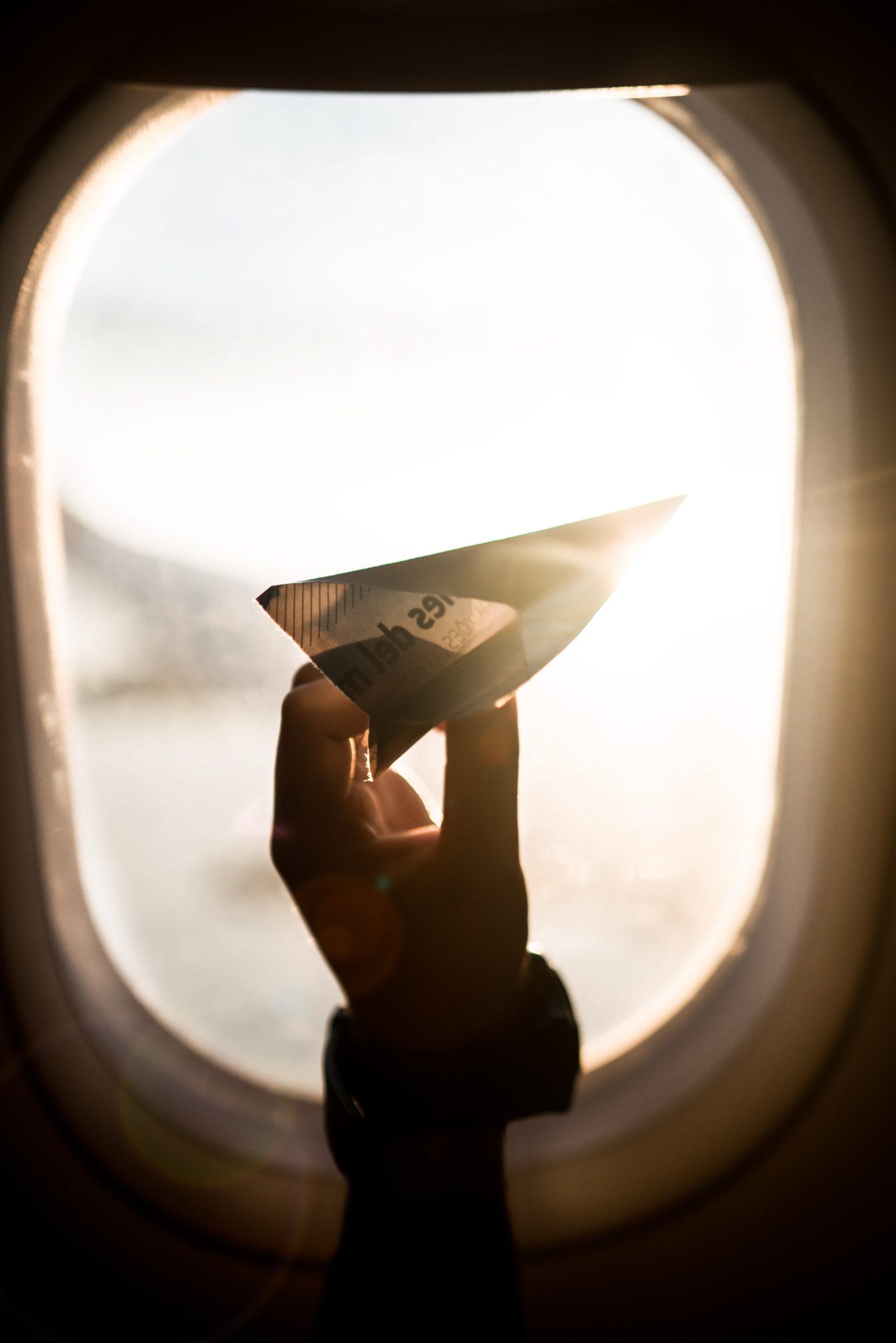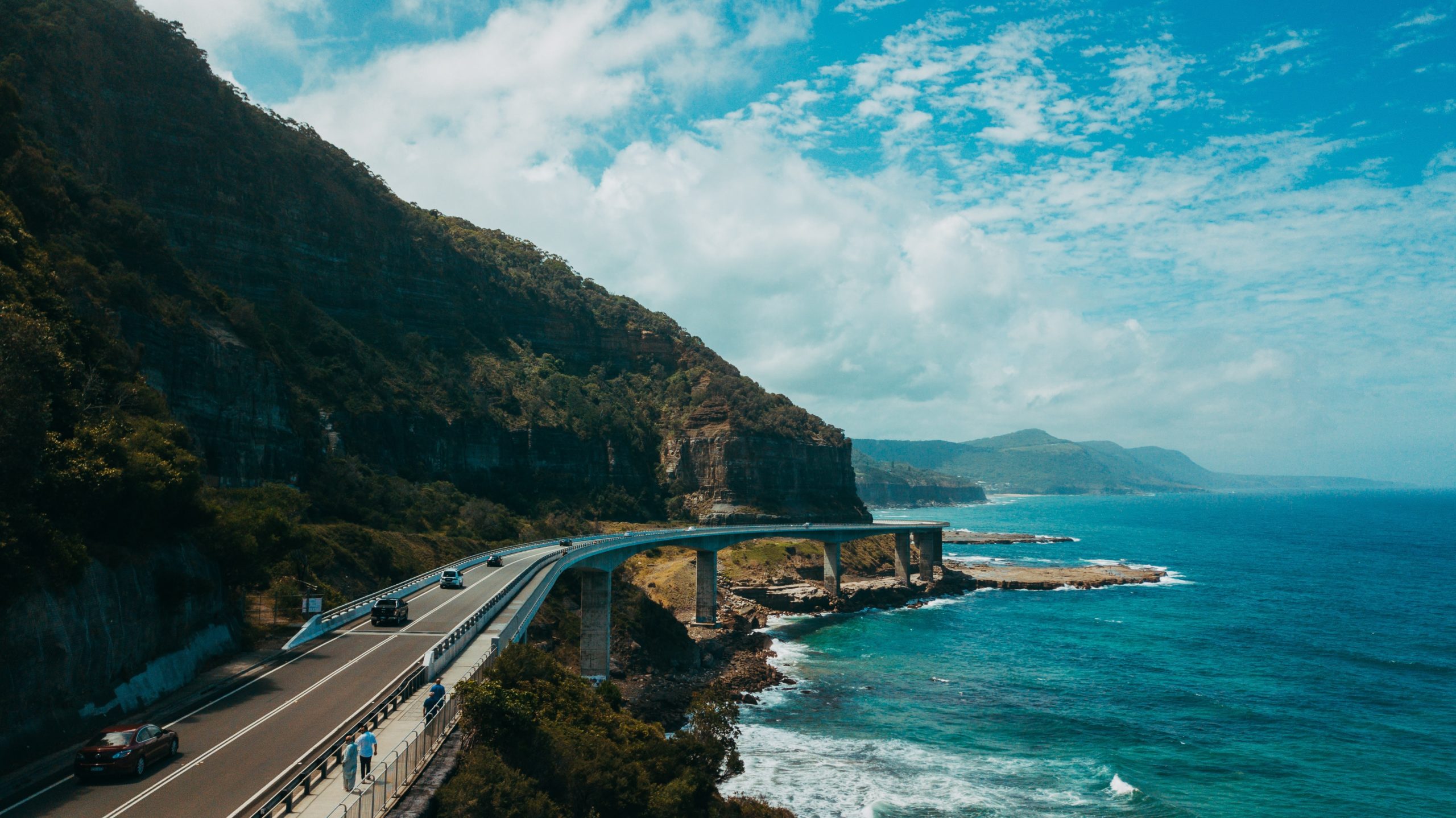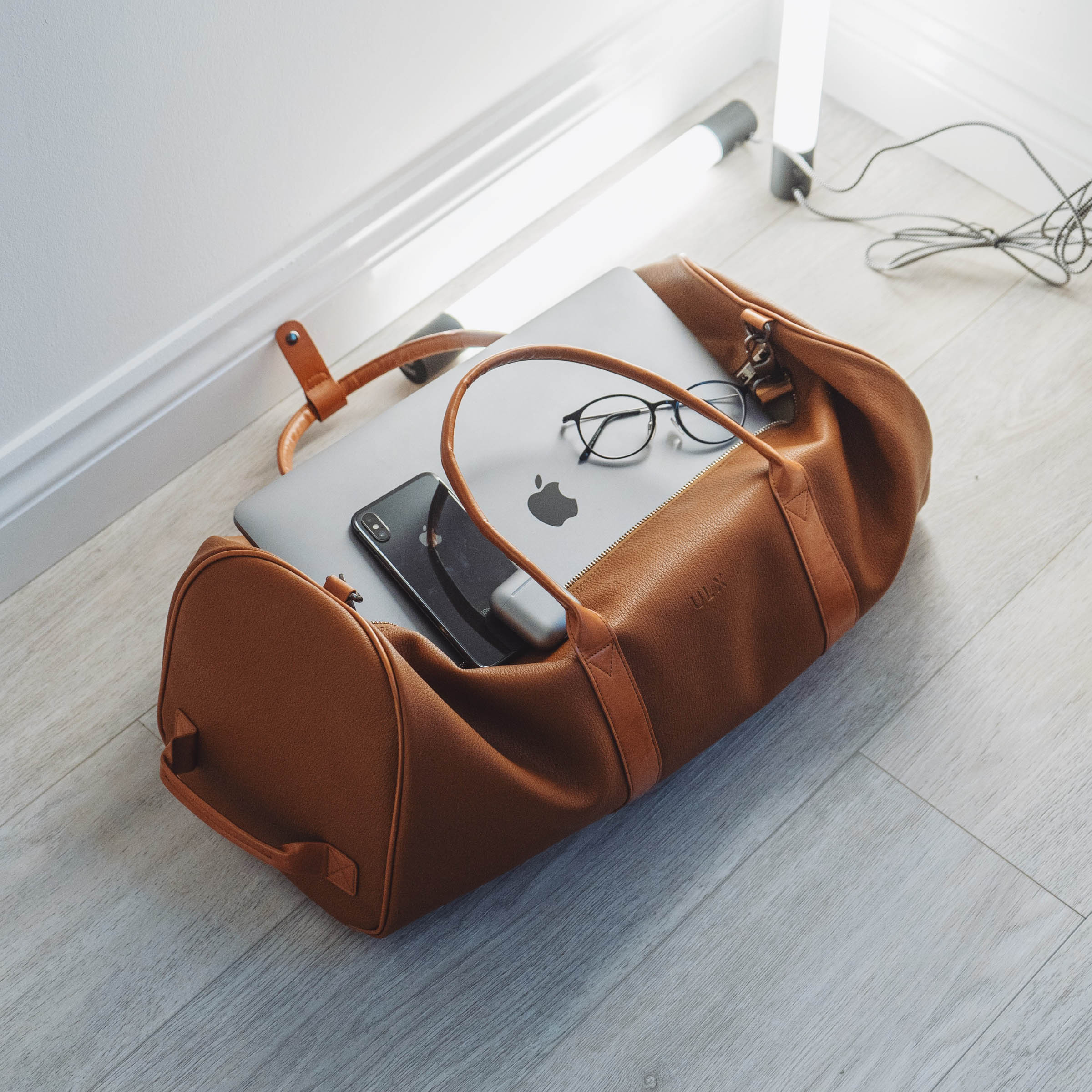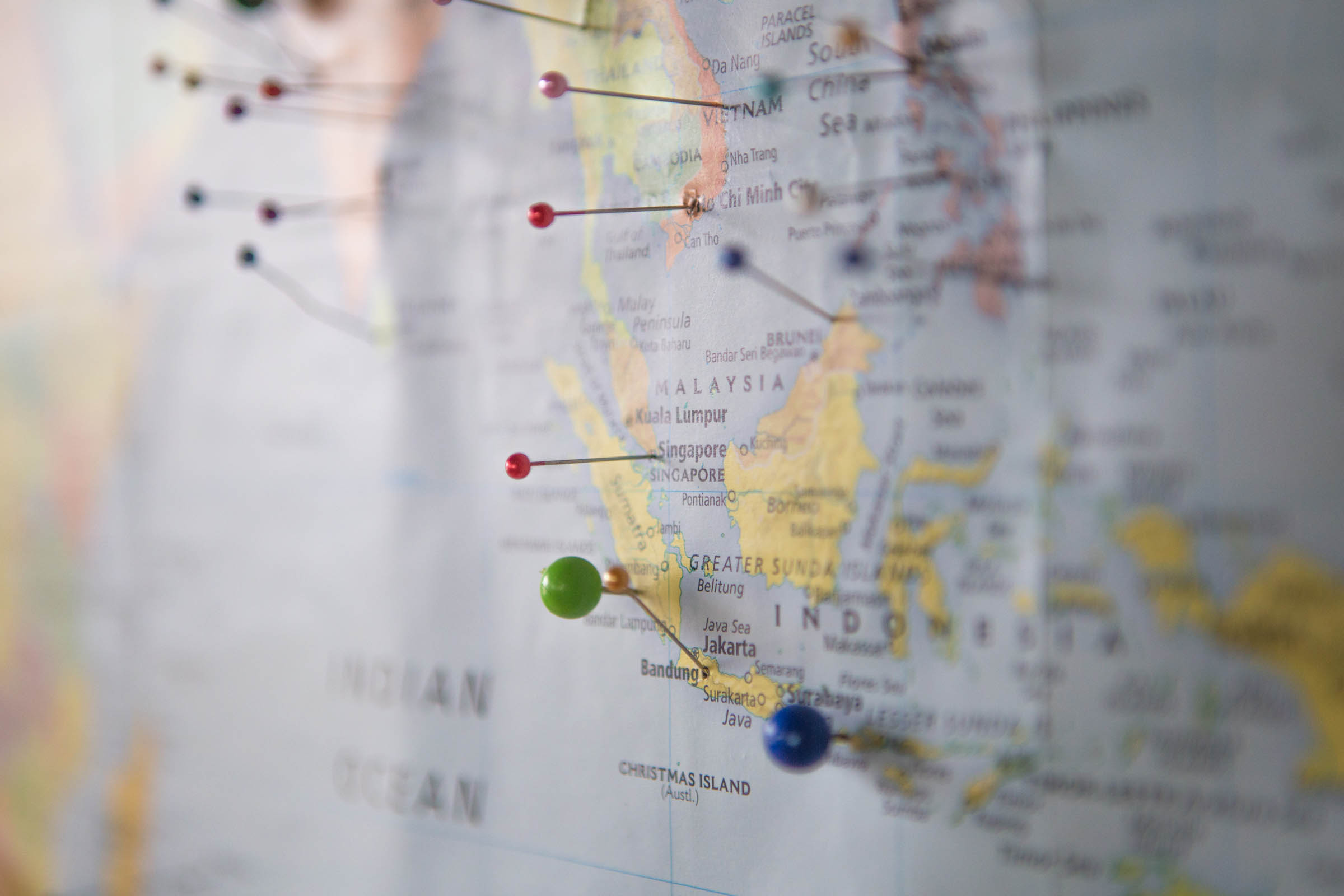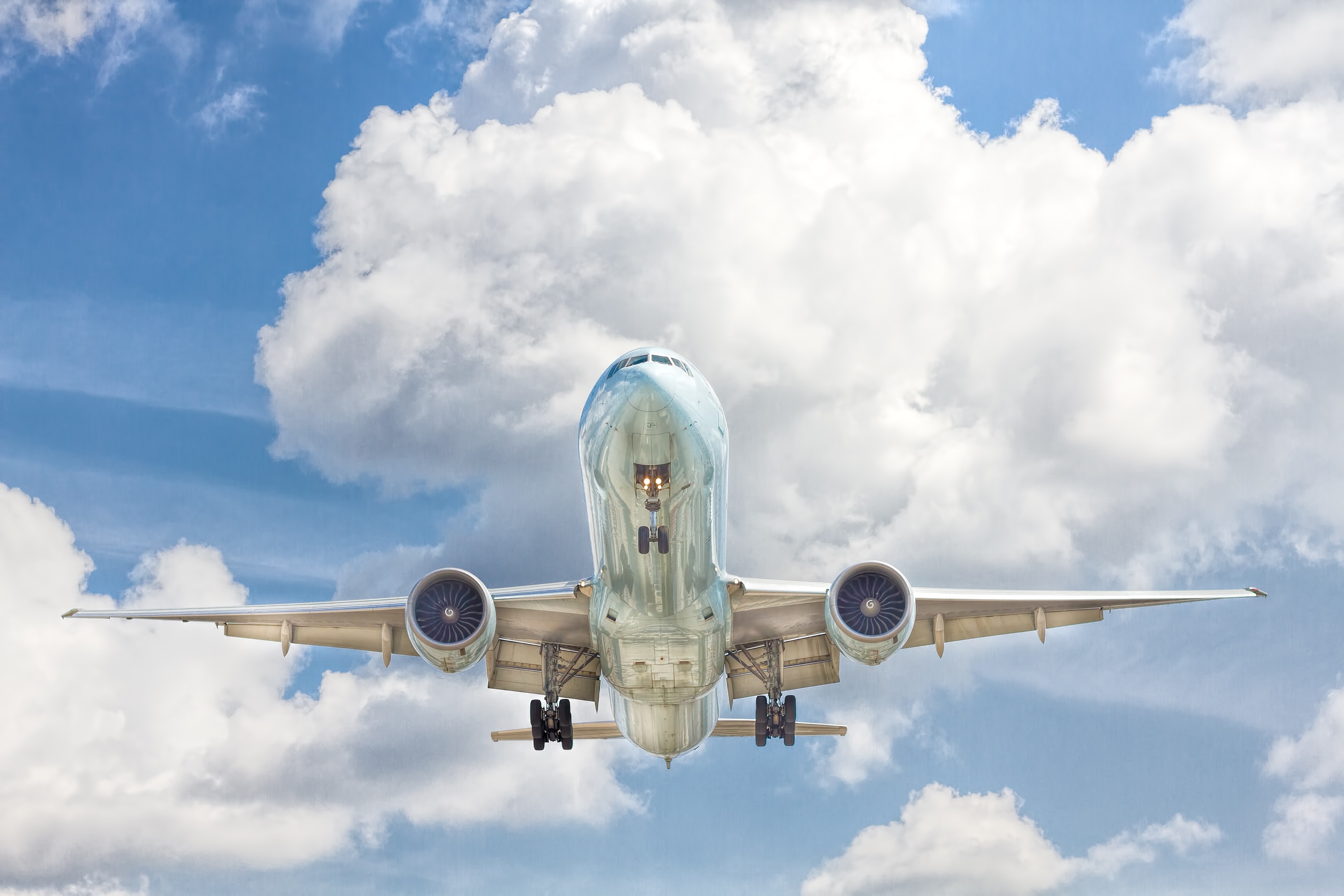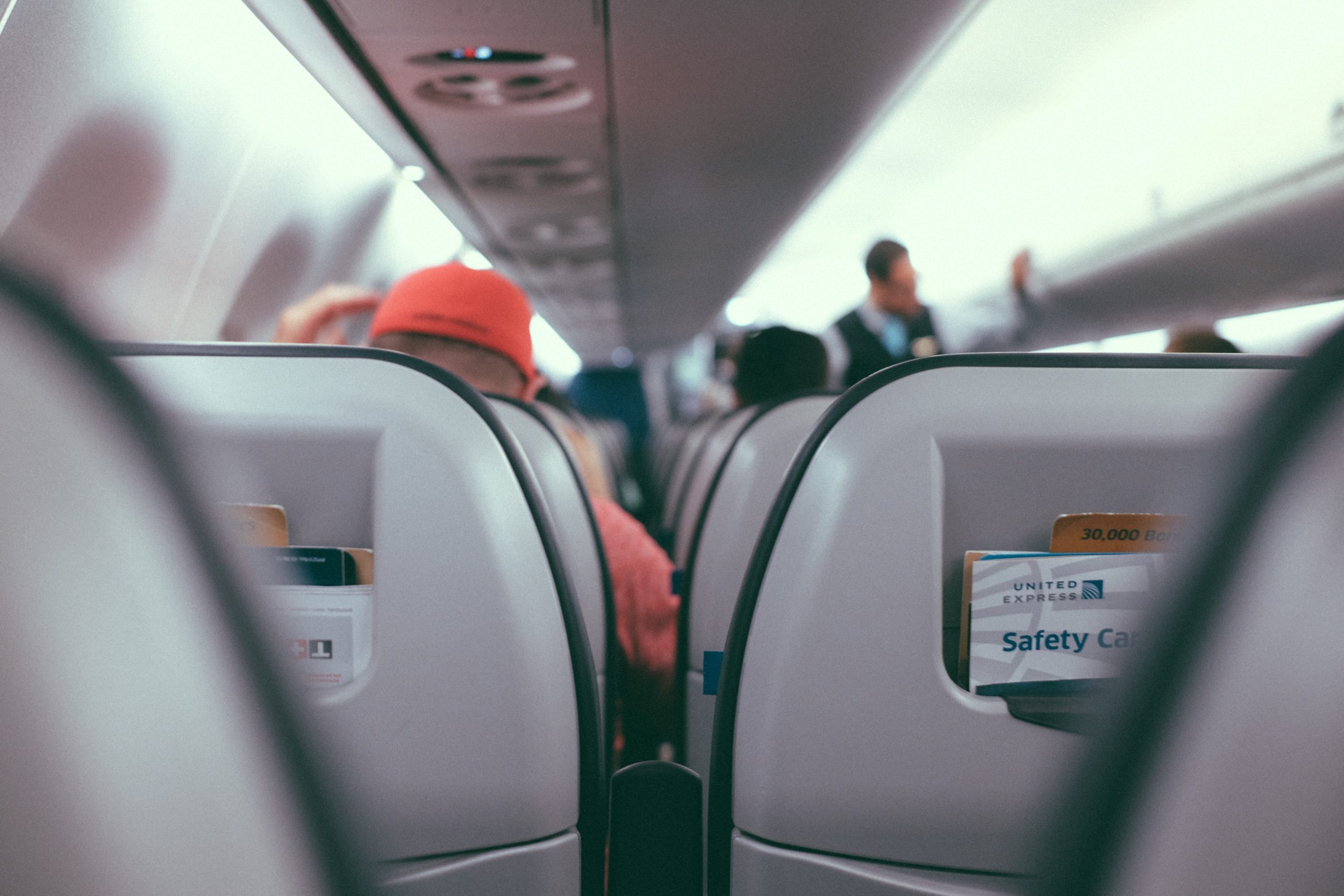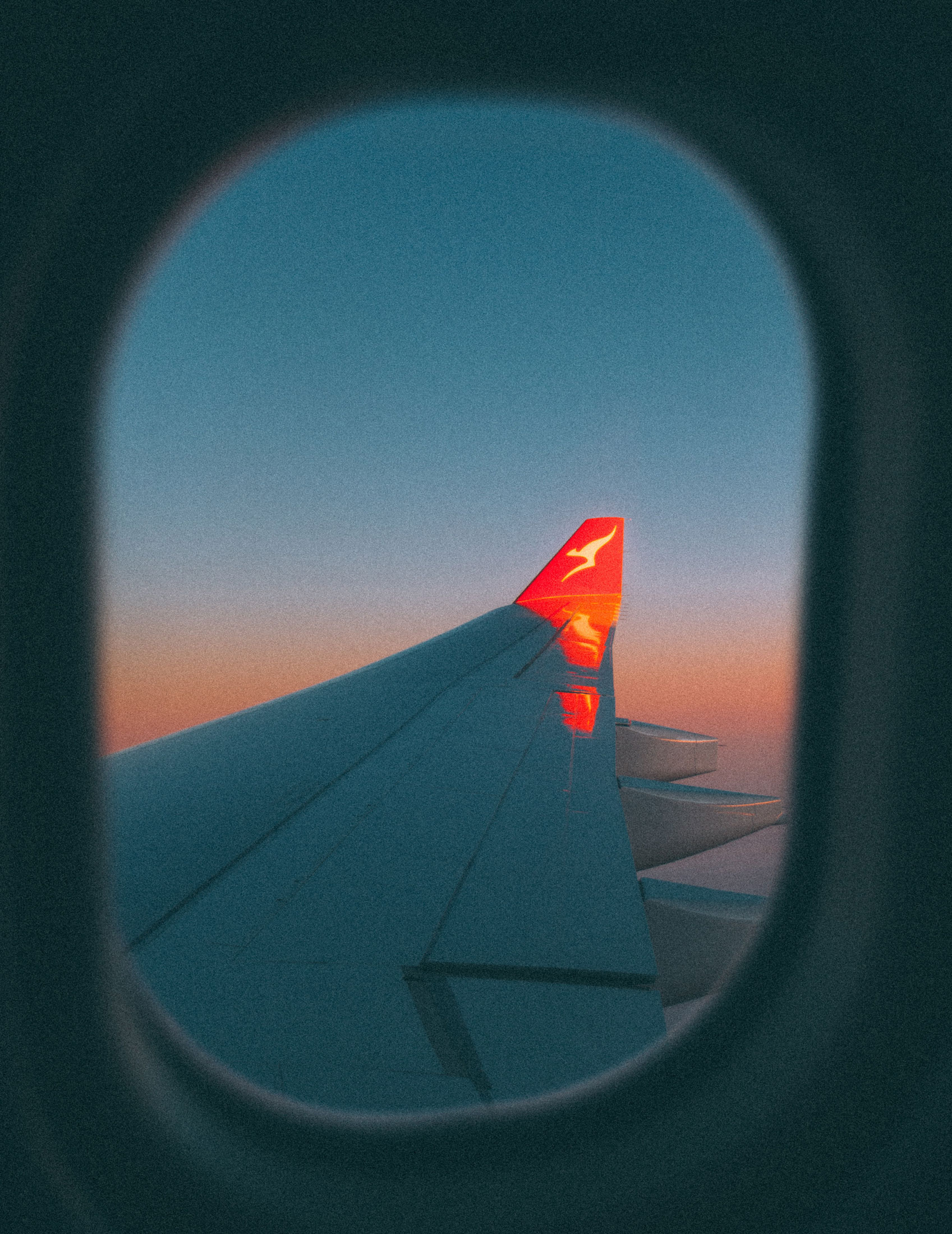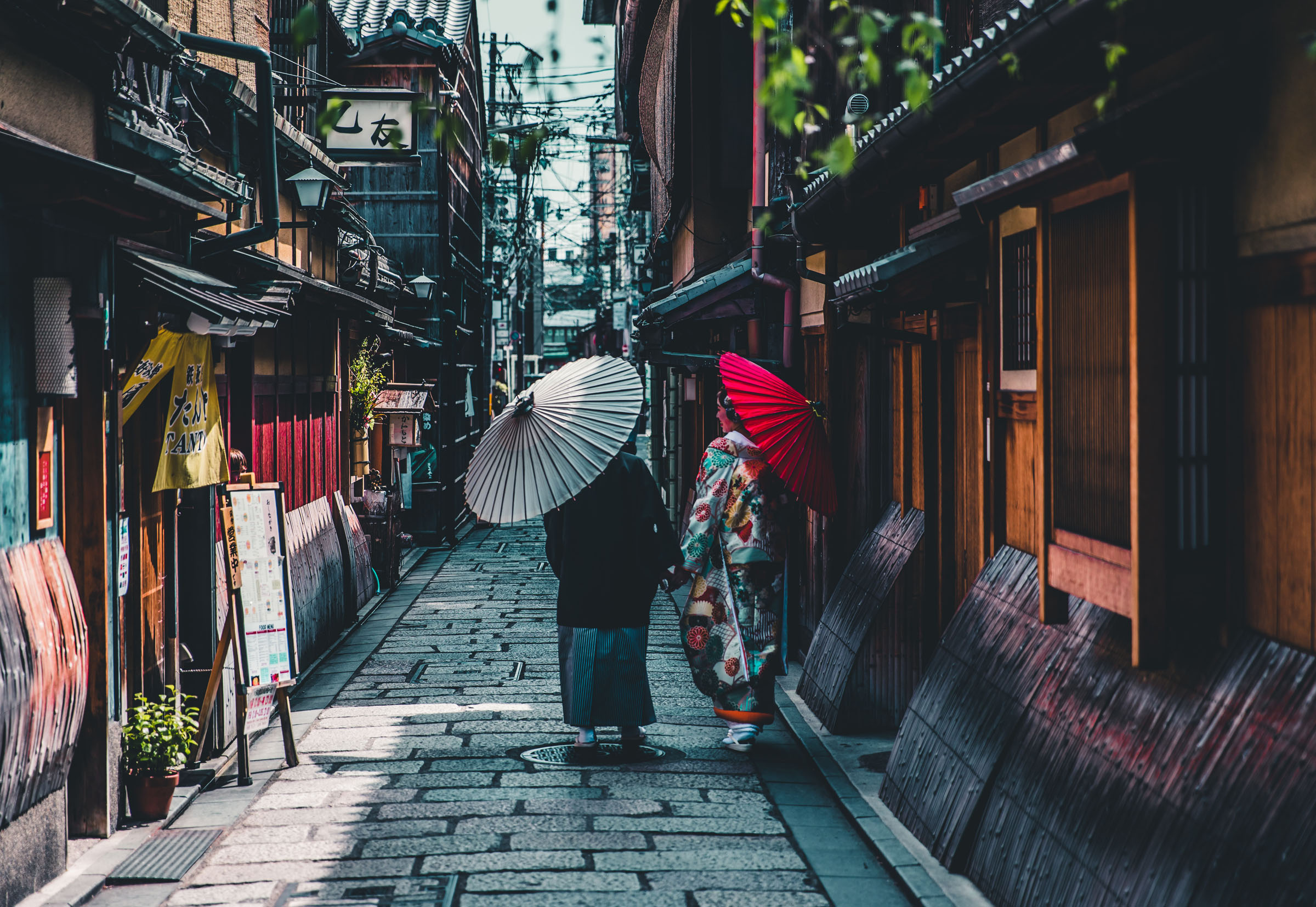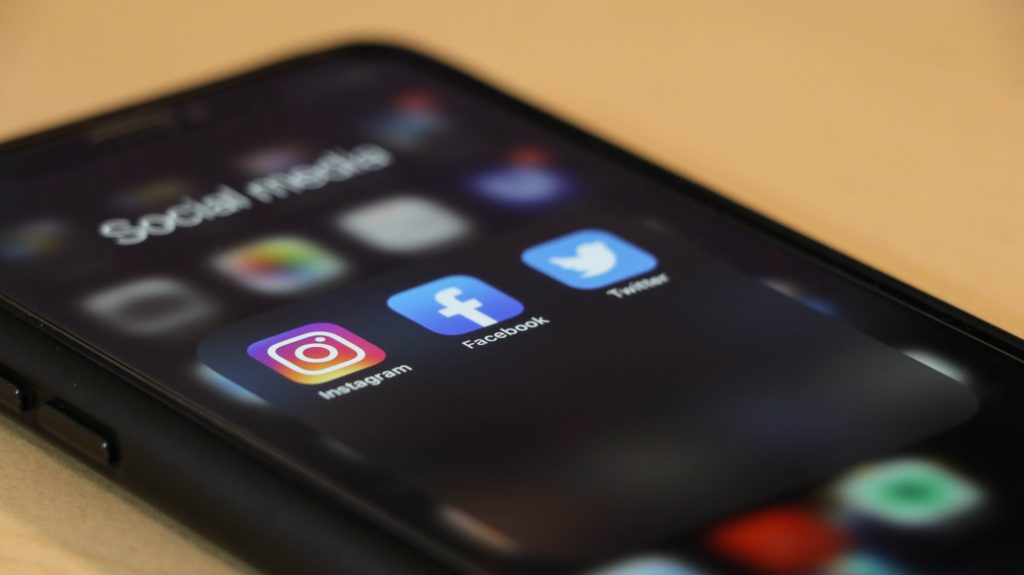Tourism’s Advocacy Opportunity
From bushfires to the ongoing impact of COVID-19, 2020 has been a year defined by crisis. Amidst these challenges, groups like AFTA, CATO, ATEC, CLIA, and many other industry advocacy bodies, have been joined by business representatives including Alan Joyce and Graham Turner to call for targeted government support to alleviate the myriad stresses facing our industry. And, while we welcome the advocacy, no matter what camp is leading the charge, we can’t help but ask if there isn’t a better way for our industry to be represented?
Organising a coordinated response that represents the travel industry poses a challenge in itself due to our industry’s overwhelming size and the interlaced interests, relationships and dependencies of each stakeholder within it. There are a number of secondary and tertiary industries that indirectly, but inevitably, depend on travel and tourism dollars for their success. And, for every type of stakeholder, there are associations and federations looking to carve out the best deal for their members. The problem arises when there’s no singular body to represent the industry, as loosely defined as it is, as a whole.
As COVID has made all too clear, the inconsistencies in how a global crisis impacts various sectors of the industry makes coming together with one cohesive voice and strategy all the more challenging. But, challenging doesn’t mean impossible.
In response to Sydney’s 2014 lockout laws, the hospitality, music, and entertainment industries came together as Keep Sydney Open. Representing a range of venues and stakeholders in nightlife districts around Oxford Street and Kings Cross, the newly created organisation established an active platform and effective voice for change.
The group initially used high-profile figures to wage a strong public awareness and activism campaign, organised political marches and petitioning, and eventually transformed into a fully-fledged political party, running candidates in seats across state in the 2018 New South Wales election. Following a close defeat, the group redoubled their efforts, and in early 2020, achieved their goal of repealing the laws.
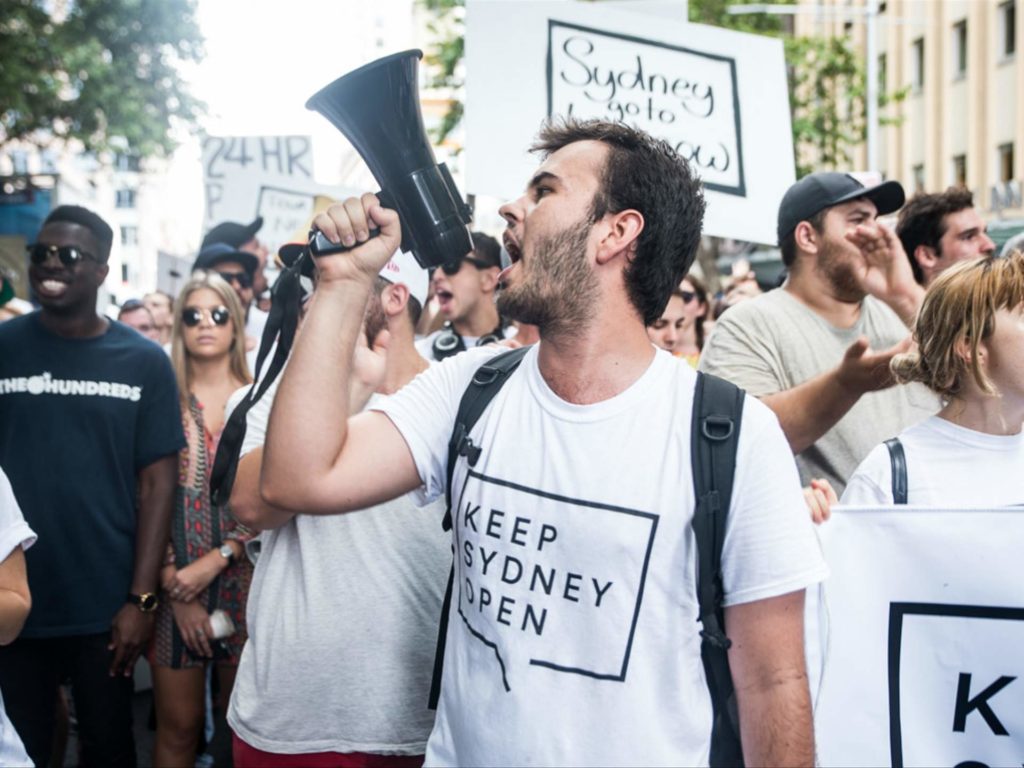
Image credit: Kimberley Low
While each of the constituent businesses were striving for slightly different outcomes, as an umbrella organisation providing a straightforward message – “Keep Sydney Open” – they crystalised an entire industry’s sentiments into direct political and social action.
We’ve seen the beginnings of this approach through groups like The Australian Travel Industry Lobby Group and Together in Travel who have shown us the power of grassroots campaigns to reach large numbers of stakeholders through social media, but a more formalised body would be able to further capitalise on that groundswell of activity to drive action with local, state, and national impact.
The new industry-wide advocacy body we propose should comprise of two distinct arms, one representing inbound and domestic tourism, and the other representing outbound and international tourism, allowing for strategic advocacy decisions specific to the needs of both. These two arms would encompass the range of different businesses in the industry from agencies to airlines and integrate and work alongside the already-extant advocacy bodies. Having the versatility and flexibility to accurately monitor and respond to each sector through the full development of any crisis would allow for more impactful advocacy, and ultimately more effective support from government.
The immediate main goal for this new, two-winged body should be to petition for, and assist in, the creation of a number of strategic governmental frameworks. These frameworks would help to define a playbook for all players within the industry, helping inform strategies around public education, public health and economic incentives.
Public Education
The travel industry can fortunately point to so many examples of the positive change it can affect. There is a great opportunity to educate the public about travel’s promotion of marginalised communities, its championing of eco-friendly tourism practices, and even to simply inform consumers about how the industry itself works. A perfect example of this is the confusion and misinformation that abounded earlier in the year as consumers sought COVID-related refunds, and the industry struggled to detail the processes slowing down the movement of funds. A concentrated public education initiative would go a long way to minimise the impact of negative narratives in the media, and help the public understand the immense net positive impact of our industry.
Public Health Policy
Thanks to Australia’s early and decisive public health decisions and a small helping of luck, we have weathered the COVID storm relatively unscathed compared to parts of Europe, America and Asia. Domestically, it appears that most states are completely reopening, and the industry should work with governments to implement strategic and targeted health policy that would clamp down quickly and effectively on any further outbreaks without reimposing the stress on business that comes with blanket border closures or lockdowns. The travel industry, as one of the most obvious and hard-hit victims of those kinds of sweeping measures, has a responsibility to lend insight into managing this new world of health policy, and to help craft future strategies. Only with these new measures in-hand, will the industry, and especially the travel trade, be able to assess when selling to consumers may restart in earnest.
Economic Incentives and Support
From travel agents to baggage handlers and everyone between, the tourism industry directly employs over 660,000 Australians, and indirectly supports many more. In parts of Australia, tourism is the key economic driver of the community, injecting more than $60 billion dollars into the national GDP. With such significant economic impact on the line, the industry must draw attention to the operators, agents, and businesses that draw their income almost exclusively from travel, and how supporting them means supporting economic growth. Even when travel restrictions are lifted, we know from experience that travellers will be unable, and reticent, to travel in the earliest days. Studies show that even with huge incentives, tax breaks, and significant new legislation, inbound tourism to the United States didn’t recover to historic trends for more than five years following the 9/11 terrorist attacks.
The Australian federal and state governments will need to enact further economic support and incentive to help tourism businesses stay afloat and recover well past the first planeloads of international tourists touching down on our runways. As CATO has noted, the Australian government’s AU$128-million-dollar one-off grant to agents is just the tip of the iceberg needed to keep the industry afloat in 2021 and beyond.
Preparing for the Next COVID
When we find ourselves in crisis, it’s natural to want a quick fix, but, as an industry, we need to see the opportunity to enact long-term structural change. While we may not have all the answers, we can learn from other industries’ struggles and begin the process of building a stronger more cohesive structure of support for all the people that depend on travel and tourism. It may already be too late to fix the issues that have been exposed by COVID-19, but when the next crisis strikes (and it will), we can be better prepared to support every sector of our industry and make sure no one is left fighting for themselves.




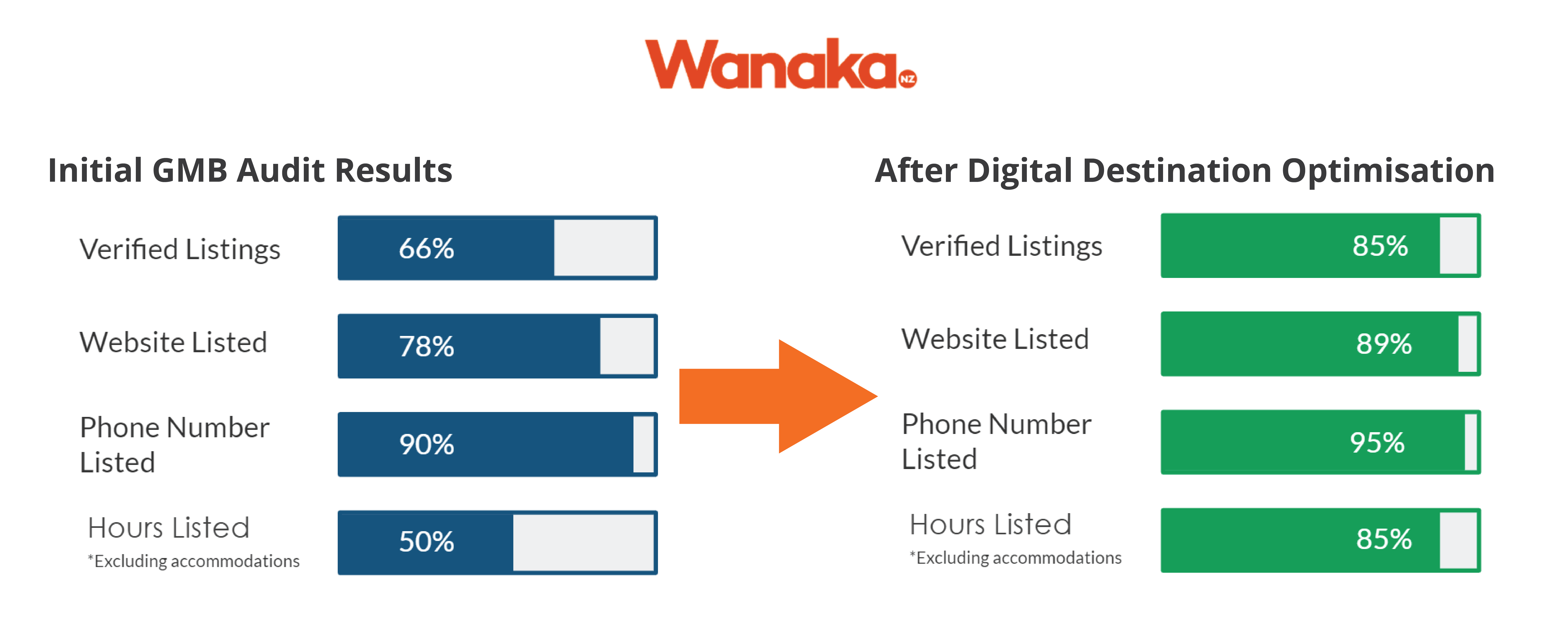 Lake Wanaka Tourism wanted to improve the accuracy and completeness of listings for all critical tourism stakeholders in the region. Through targeted training workshops for local business owners, the DMO was able to improve crucial metrics including business verification and quantity/accuracy of listing content.
Lake Wanaka Tourism wanted to improve the accuracy and completeness of listings for all critical tourism stakeholders in the region. Through targeted training workshops for local business owners, the DMO was able to improve crucial metrics including business verification and quantity/accuracy of listing content.
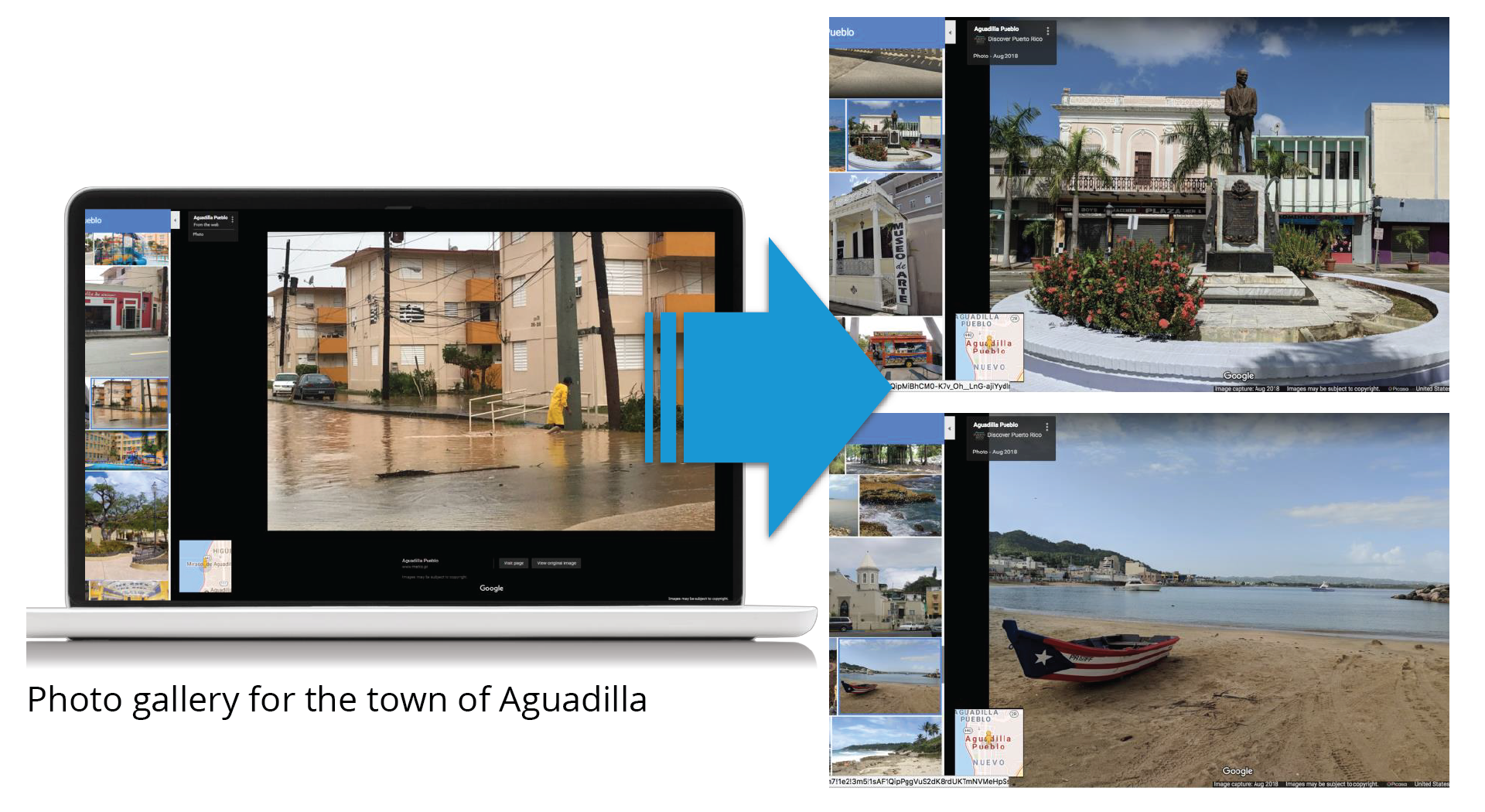
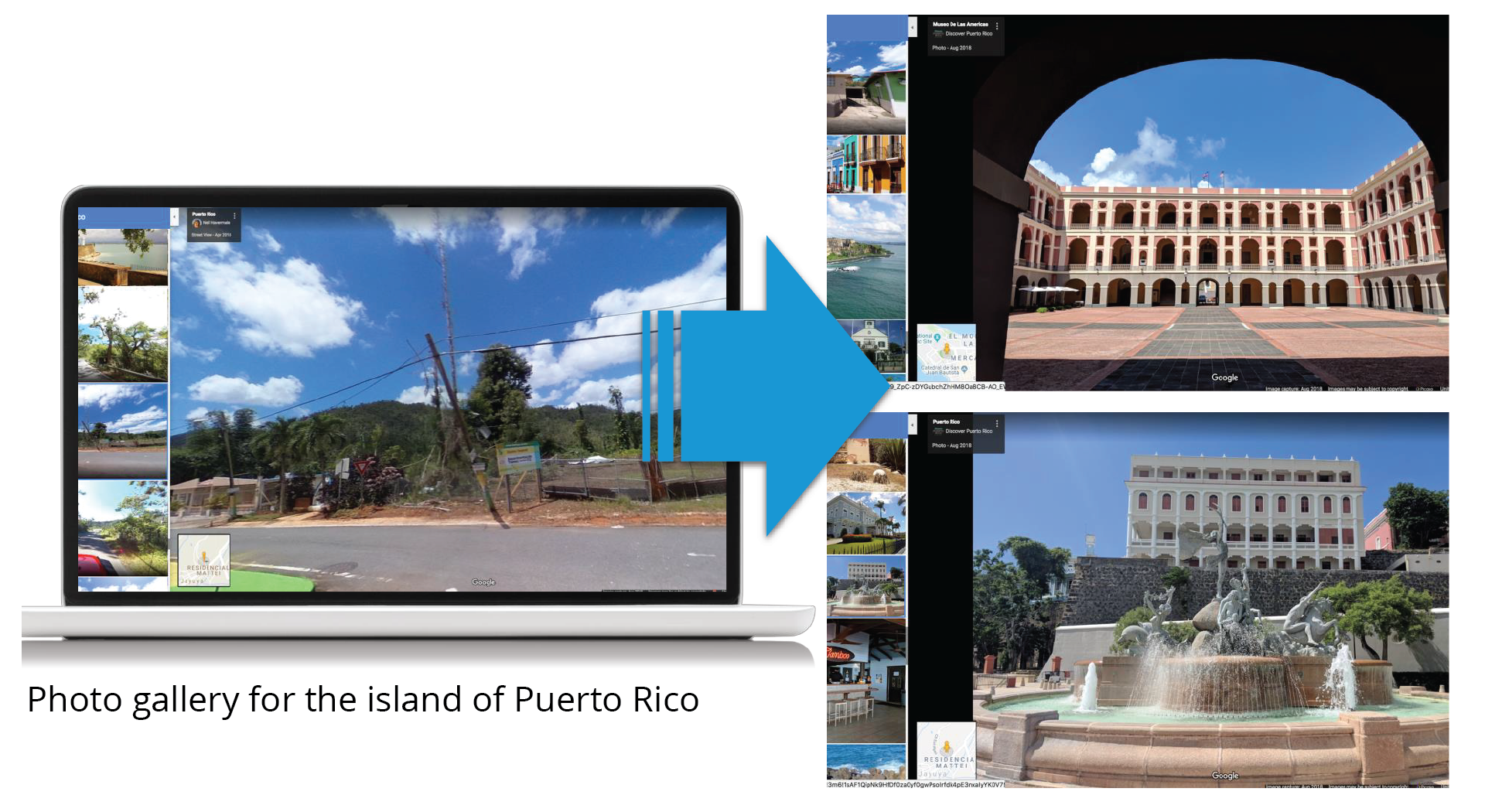
 These images have generated more than 14.2 million organic views since August 2018.
These images have generated more than 14.2 million organic views since August 2018.
